In 1949 my grandfather, Lt. Colonel Millard Maclaughlin, and grandmother, Marie Maclaughlin, went to Japan as part of the United States Occupation of Japan. Japan had been under a military occupation since the end of WII that would not end until 1952. Millard and Marie were sent to Morioka, in northern Japan.
Millard took two of the photographic marvels of 1949 to document his stay in Japan. The first was a Leica IIIc with a Summitar 50mm/f2 lens. The other marvel was Kodachrome. It had been introduced by Kodak in 1935 as the first successful color film. It was a color reversal film that during processing reversed the negative image to give a positive image that was meant to be projected onto a screen. It was also a slow film at ASA 16. Kodachrome was noted for it’s beautiful colors and it’s longevity. We can be thankful for both.

The camera with which these pictures were taken. My grandfather's 1949 Leica IIIc.
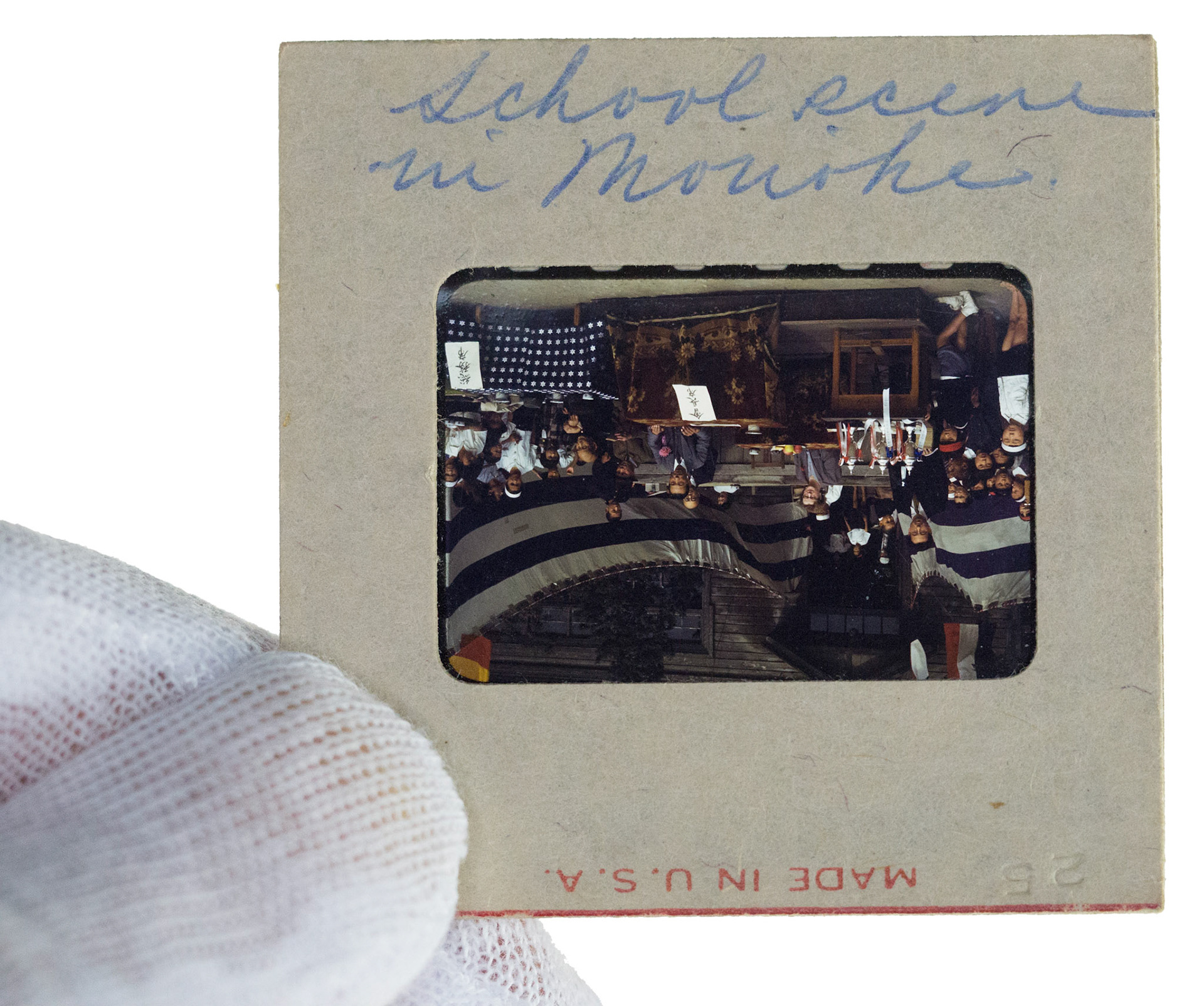
On the back of each slide my grandmother wrote a description. On some pictures I add my comments under the description.
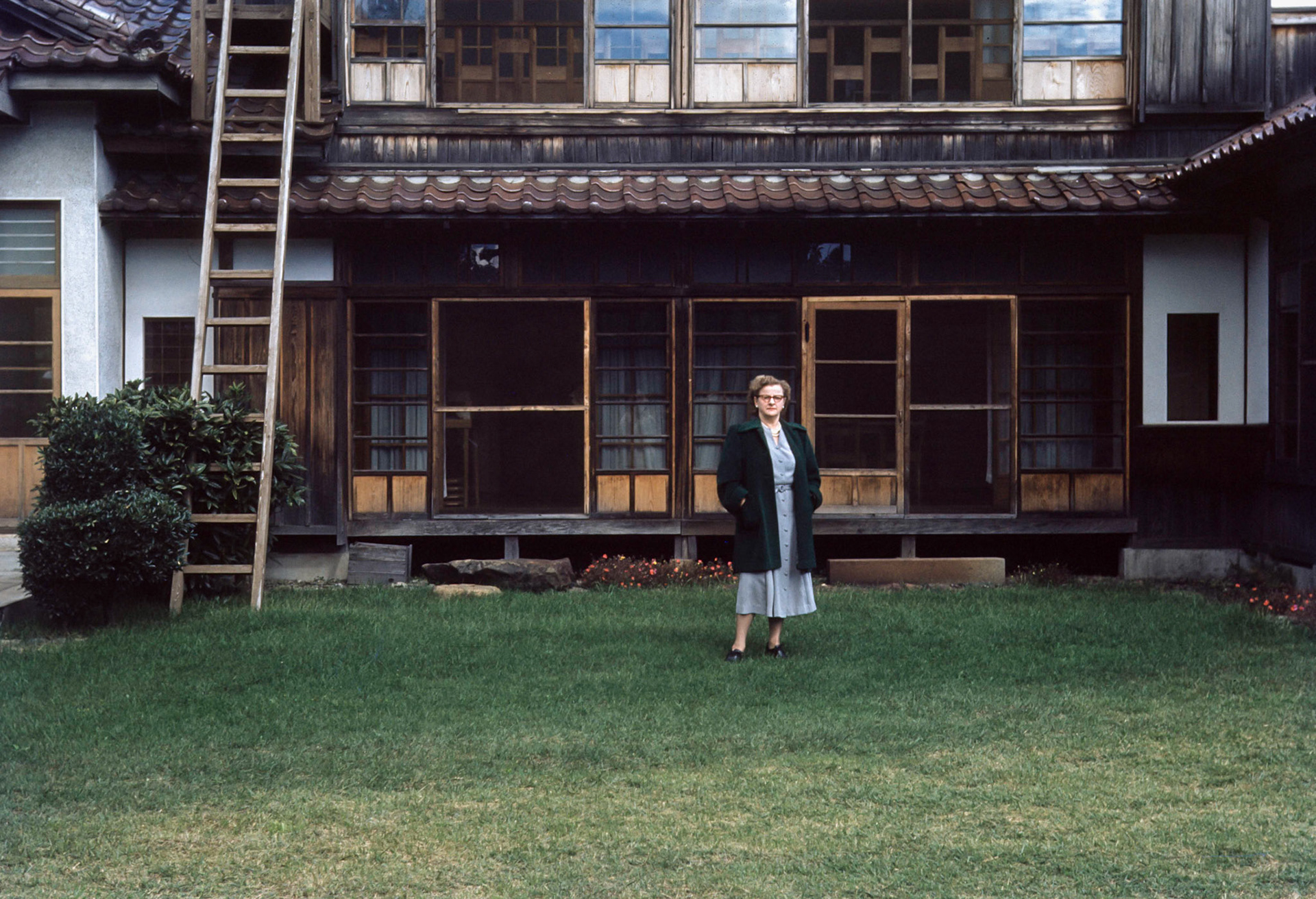
Back of house at Morioka - My grandmother, Marie Maclaughlin.

Our home in Morioka

Thatched roof house - This is more likely a temple

School scene Morioka Sports Day - The game is 玉入れ (tama ire) which means “enter or put the ball in”. Each team has a basket of balls on the ground to throw into another basket stuck to the top of a pole. They still play same game today on Sports Day.
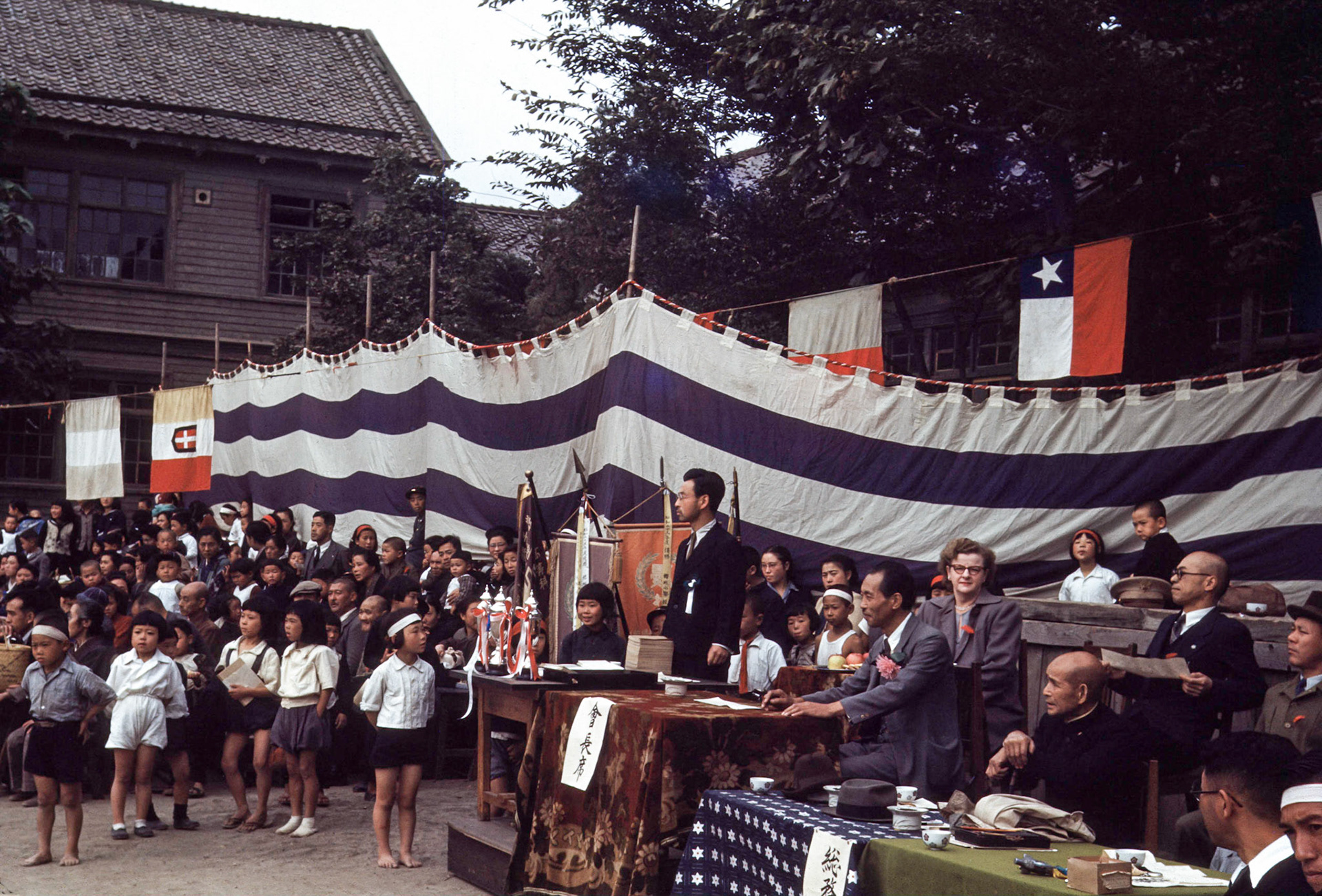
School 1949 Morioka - My grandmother is on the right.

School scene in Morioka - My grandmother is in the middle.

Rice Paddie
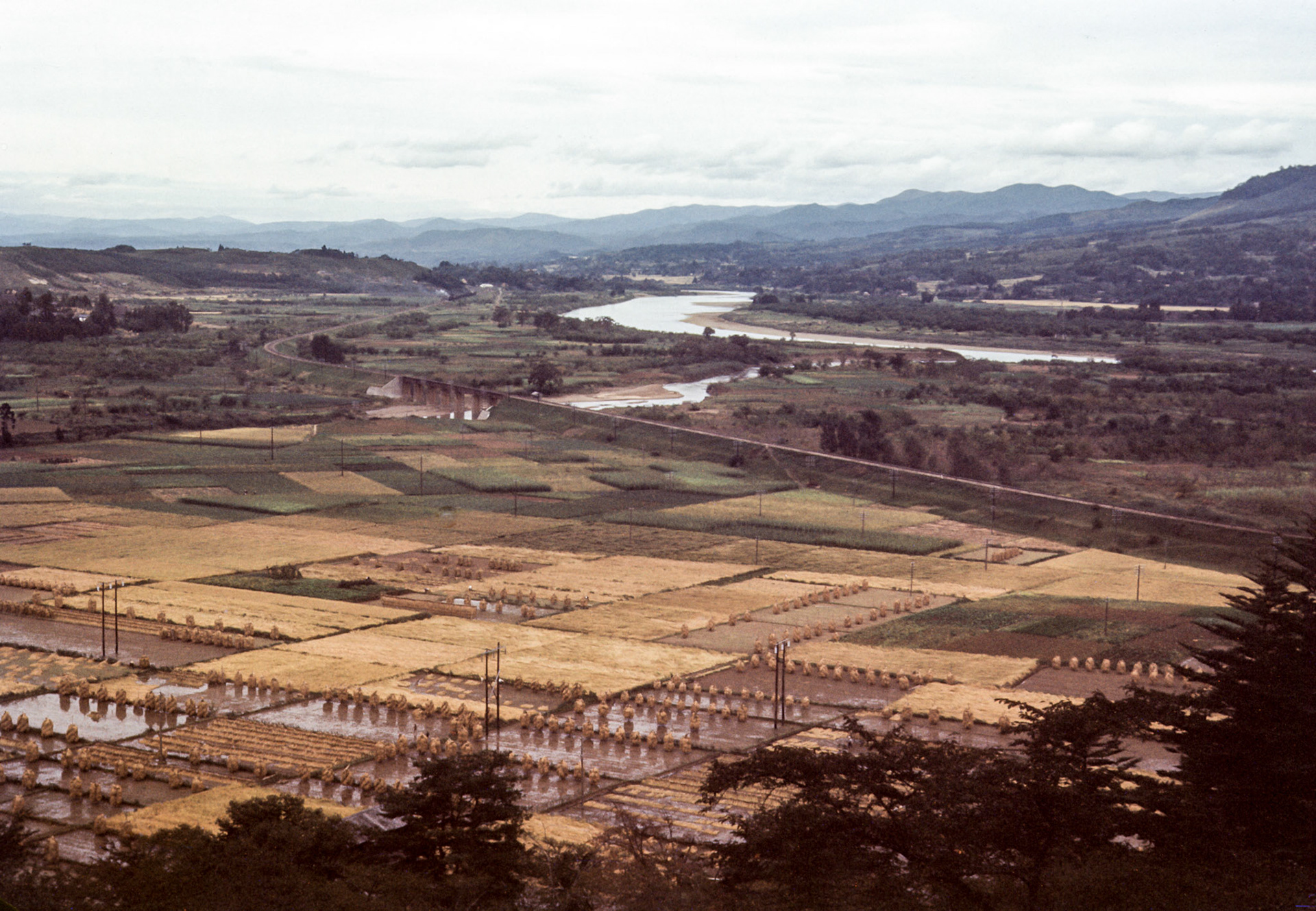
Rice paddies at Ichinoseki

My grandfather took the previous two photos from the same spot just by moving the camera horizontally. This made it easy for me to stitch them into one picture.

Street scene in Morioka - The man is a story teller. He is showing pictures that illustrate the story he is telling. He makes his living selling candy to the kids. Of course he doesn't tell the entire story in one day.
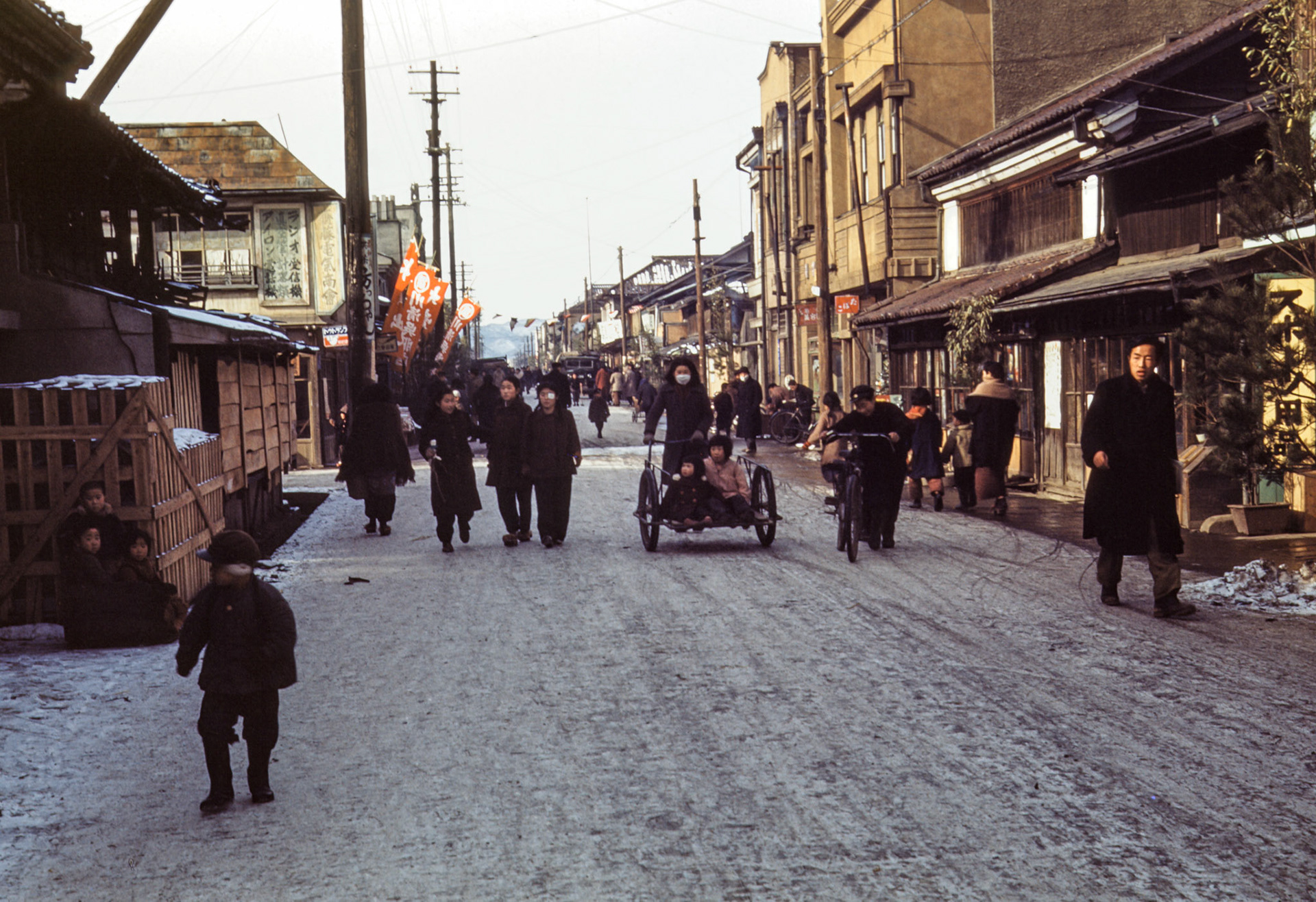
Street in Morioka
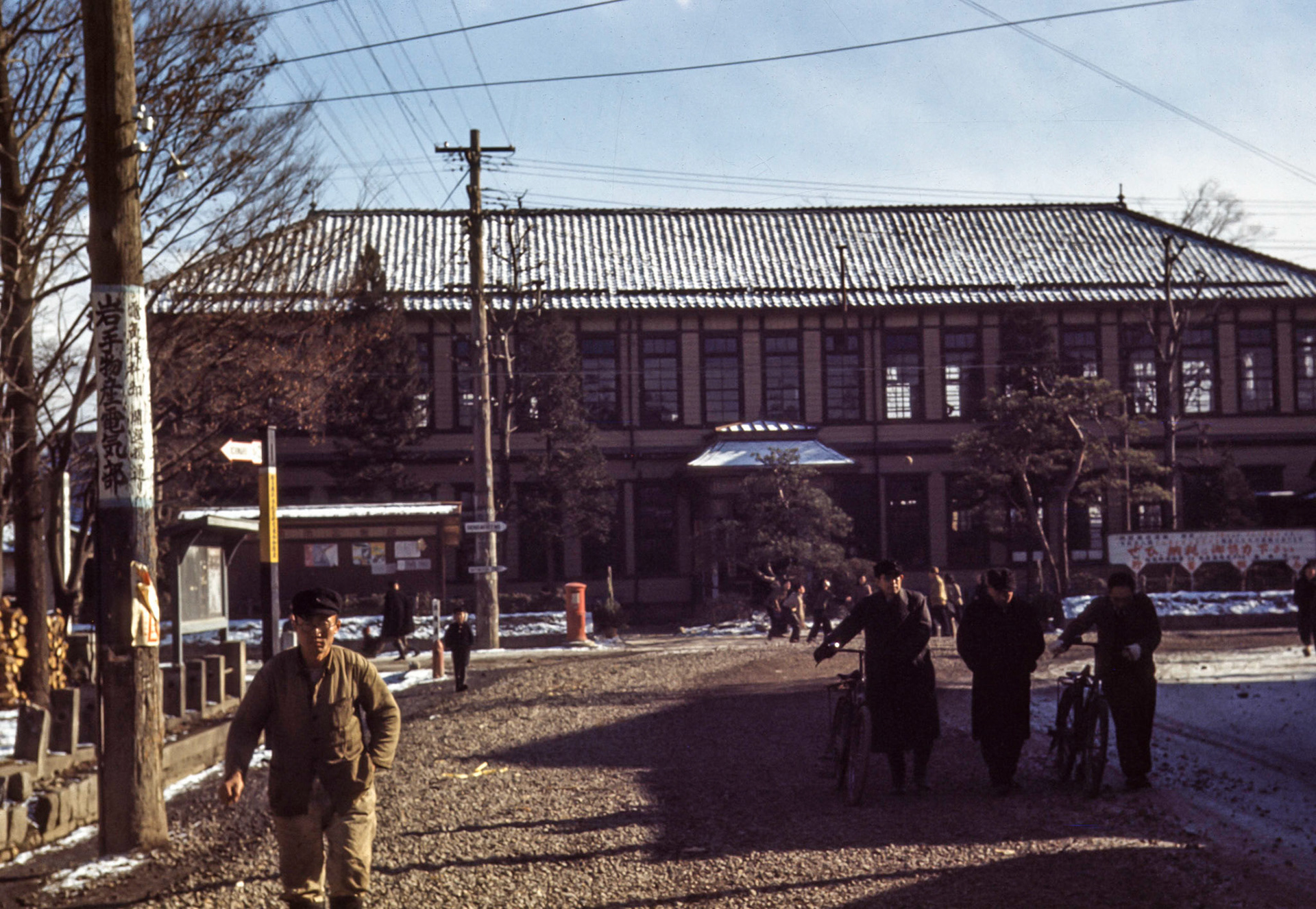
City Hall in Morioka
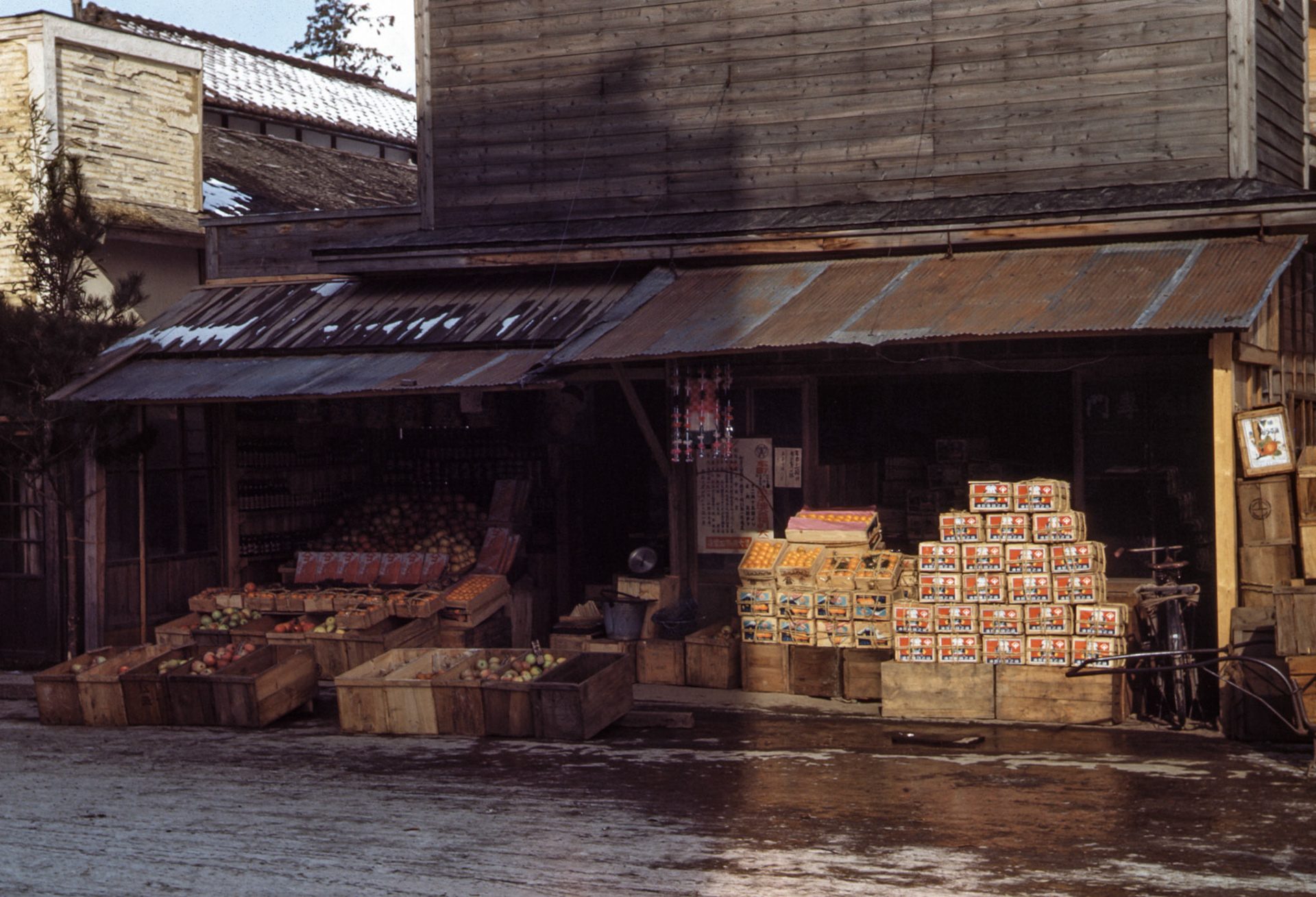
Fruit store in Morioka
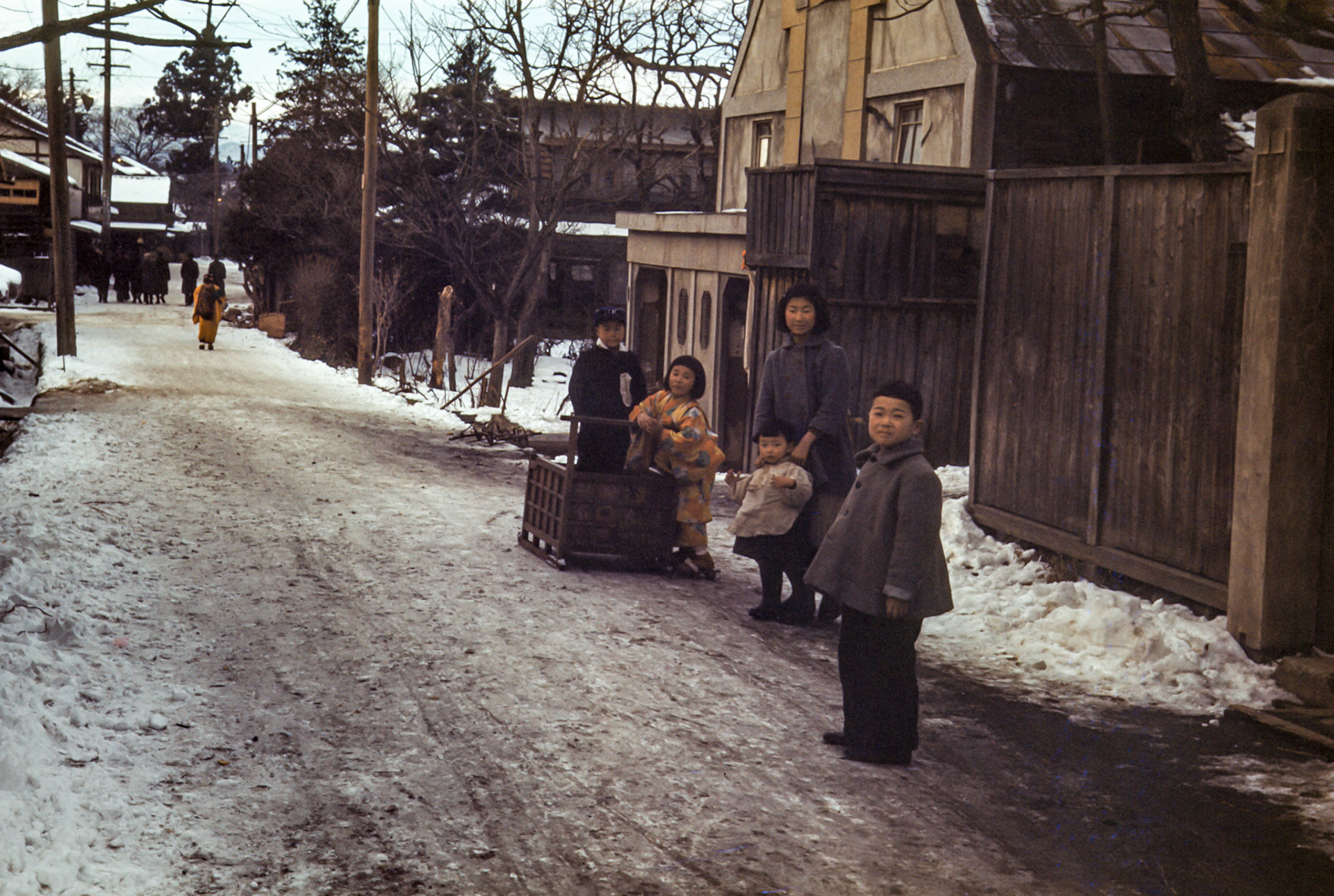
In front of our home in Morioka
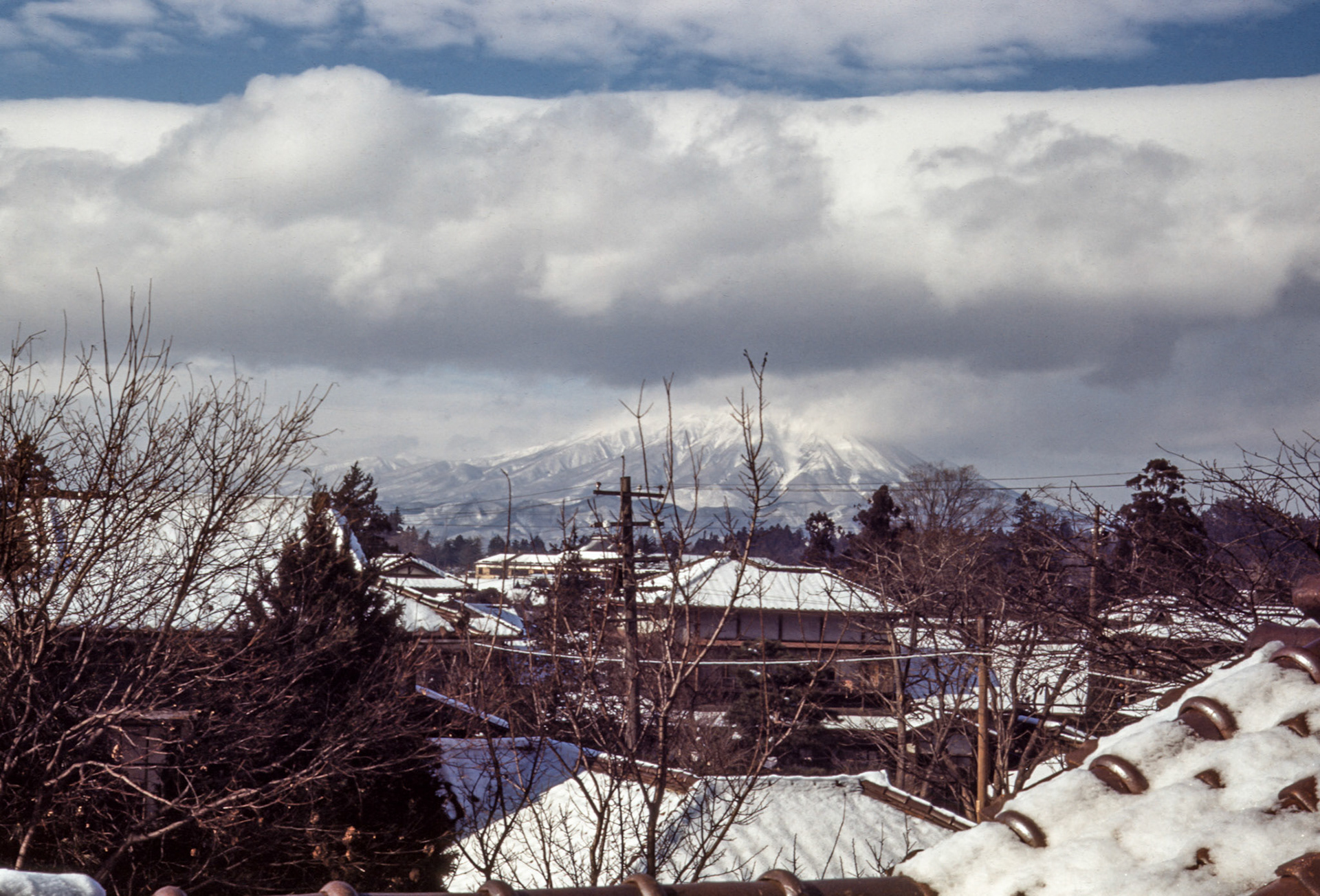
Mt. Iwati

Mt. Iwati Morioka

My grandfather took the previous two images from the same spot just by moving the camera vertically. This made it easy for me to stitch them into one picture.

Believe it or not by Ripply tree Morioka - Ishiwarizakura (The Rock-Splitting Cherry Tree) is an approximately 380-year-old cherry tree.

Store in Morioka
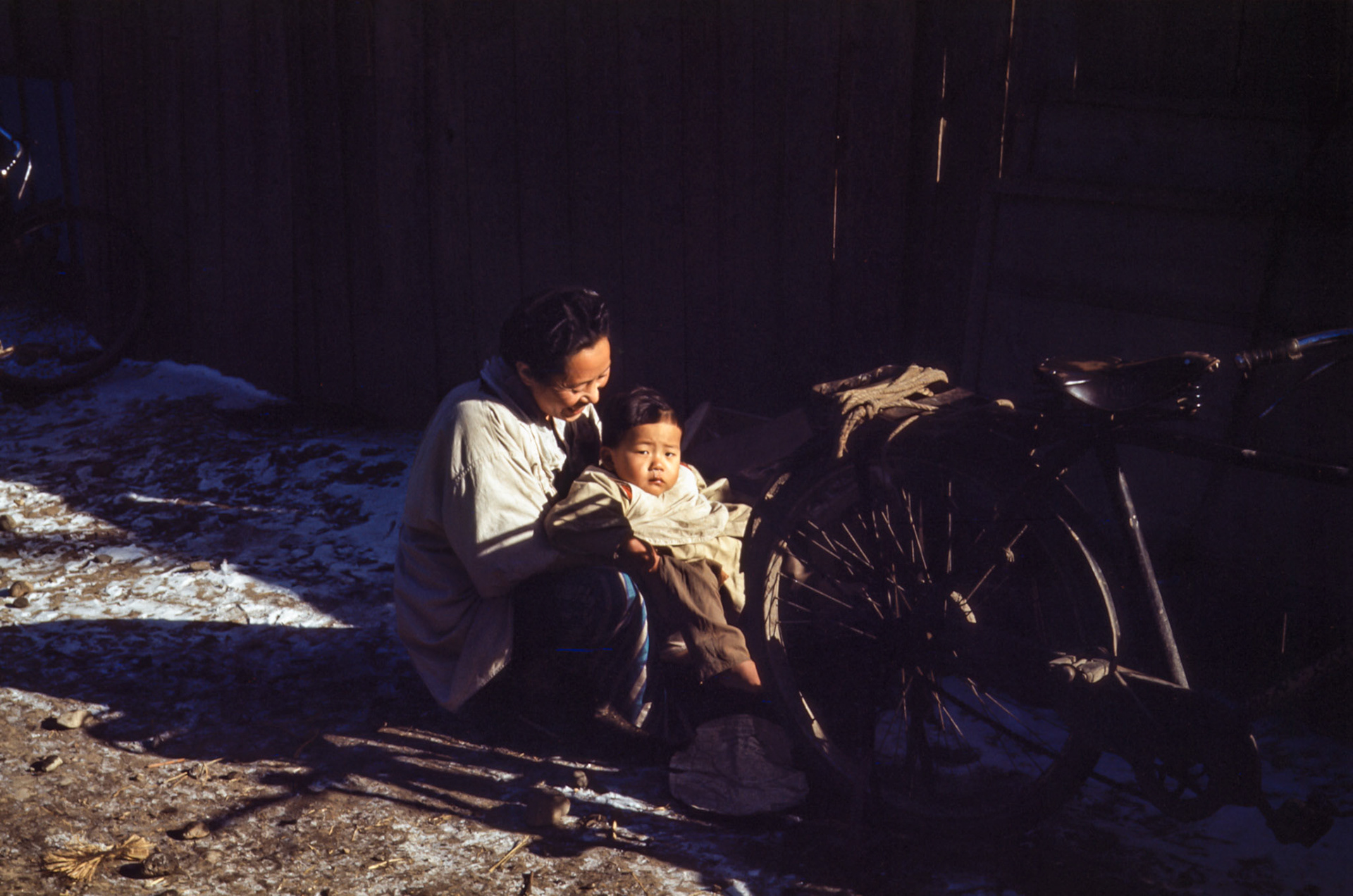
Street scene in Morioka
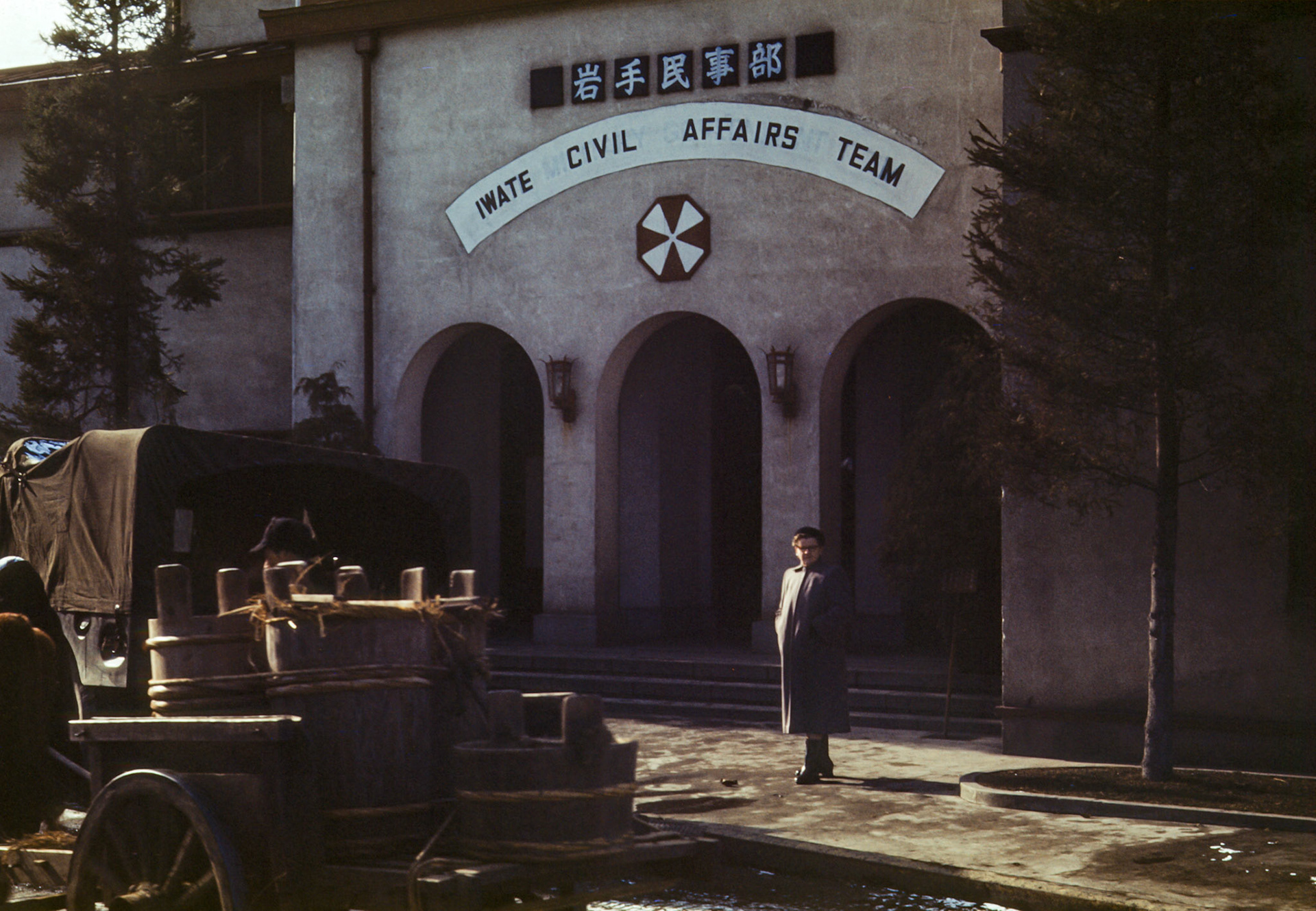
Morioka street - My grandmother, Marie Maclaughlin
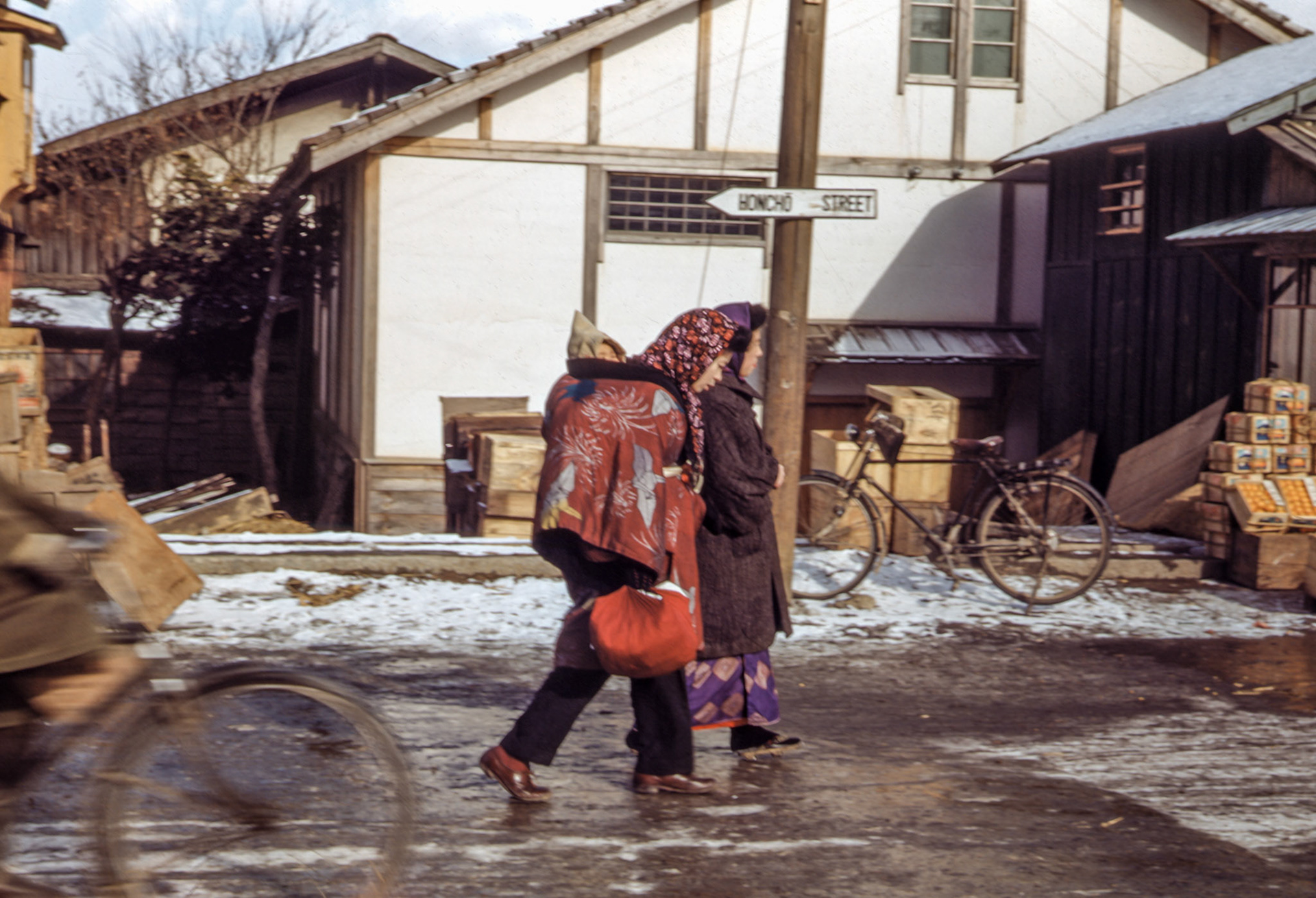
Morioka street

Police box in Morioka

Honey cart in Morioka - “Honey” is a euphemism for human waste.

Black Market District Morioka
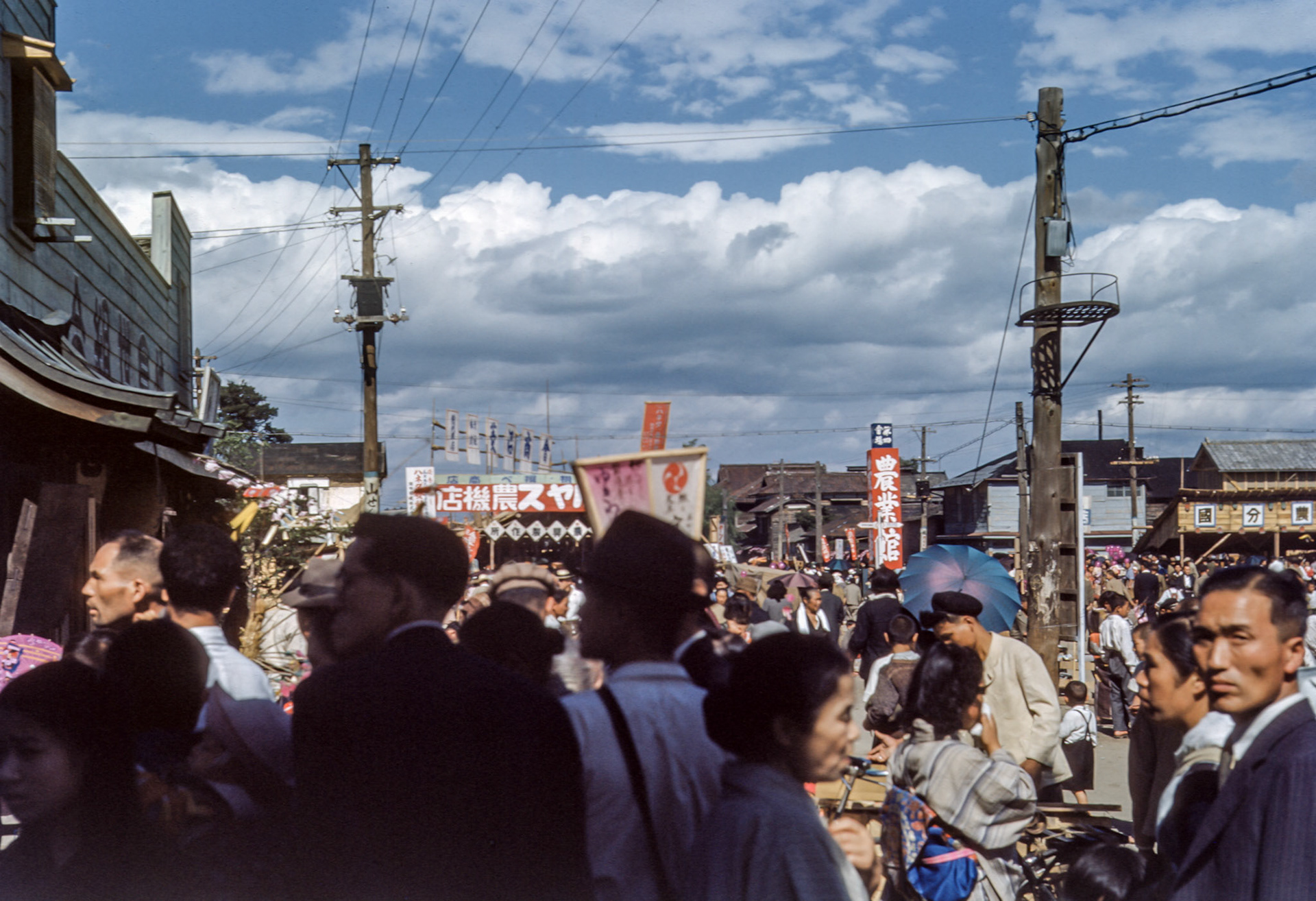
Japanese City
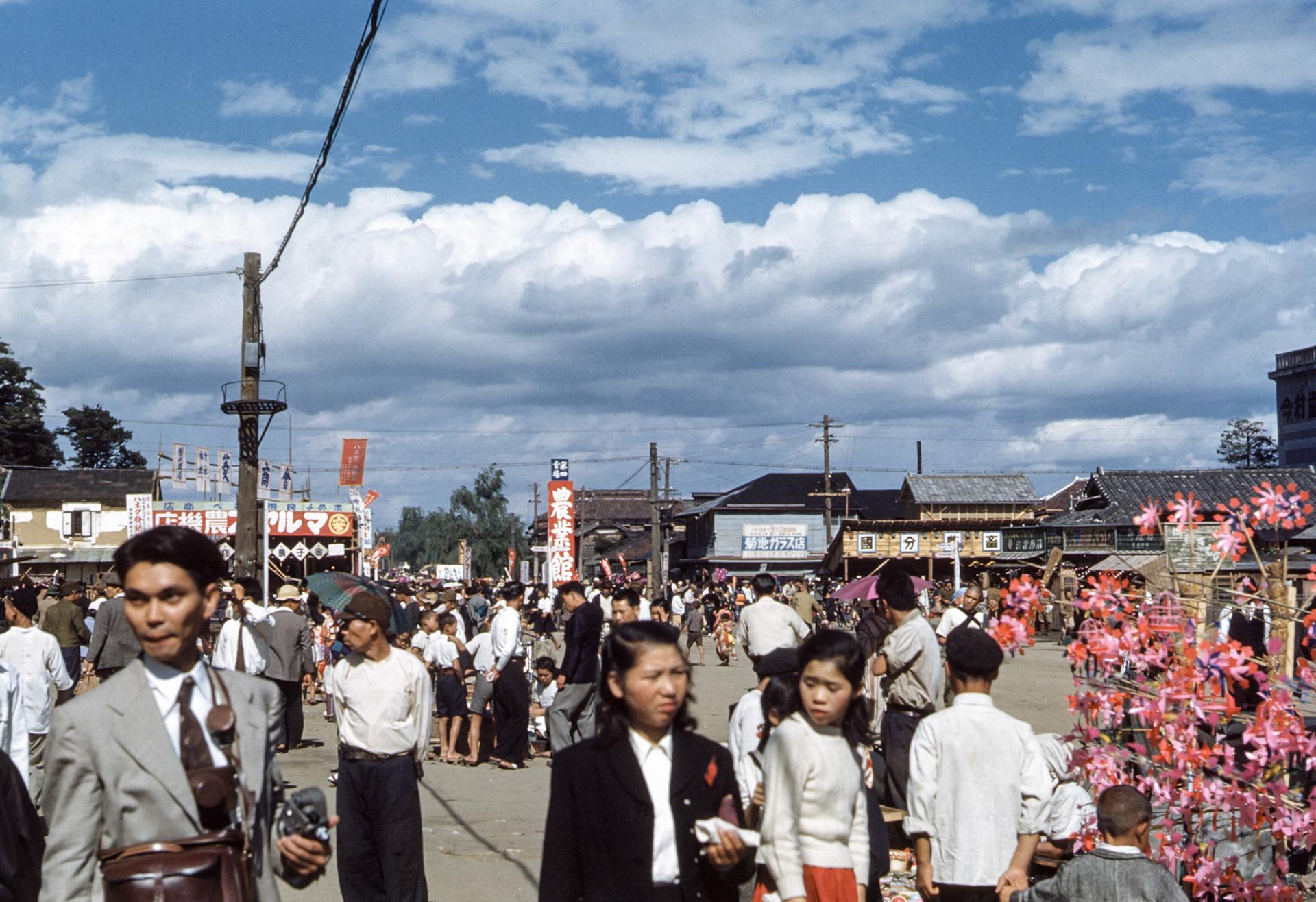
Japanese City
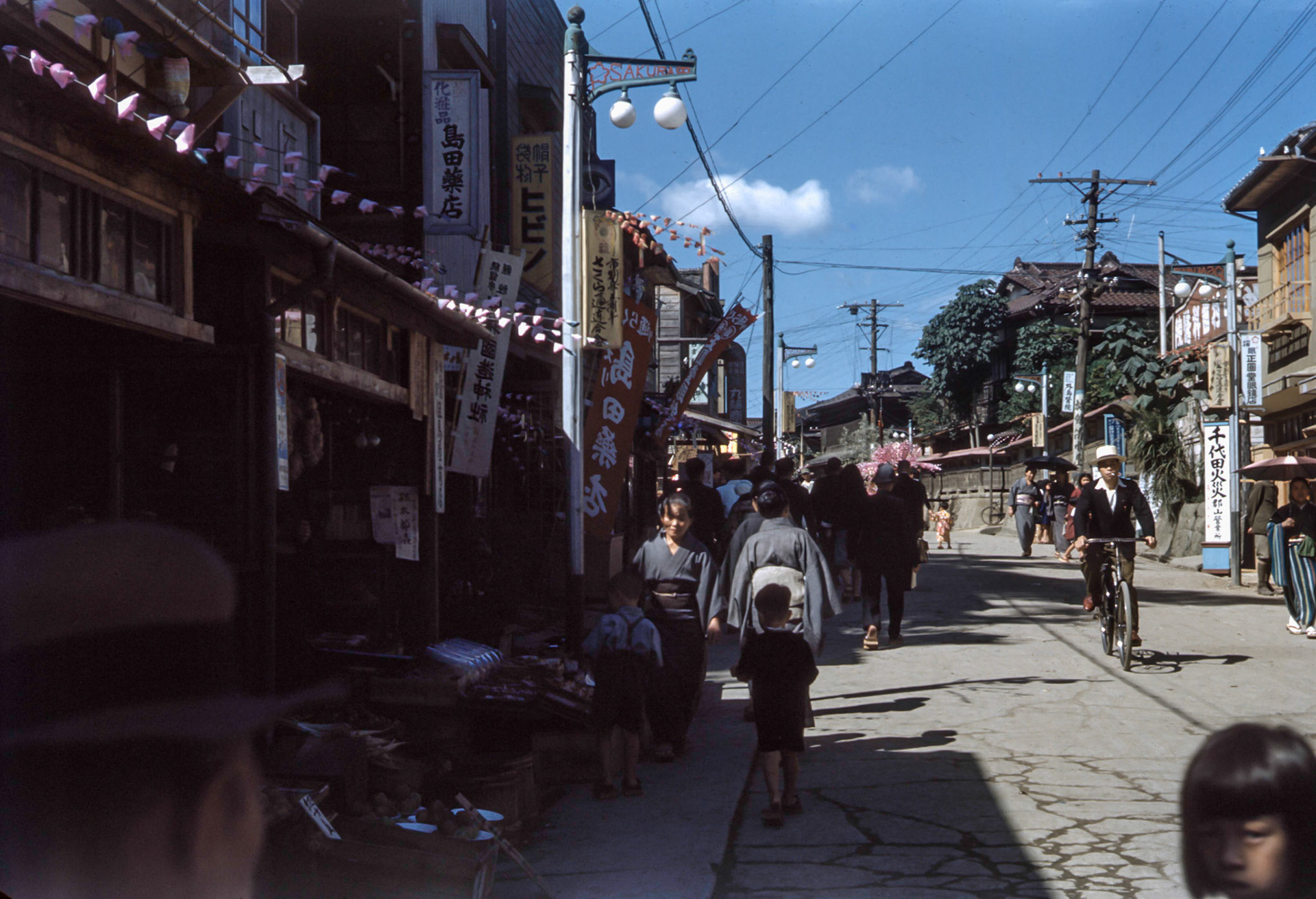
Japanese City

Japanese City
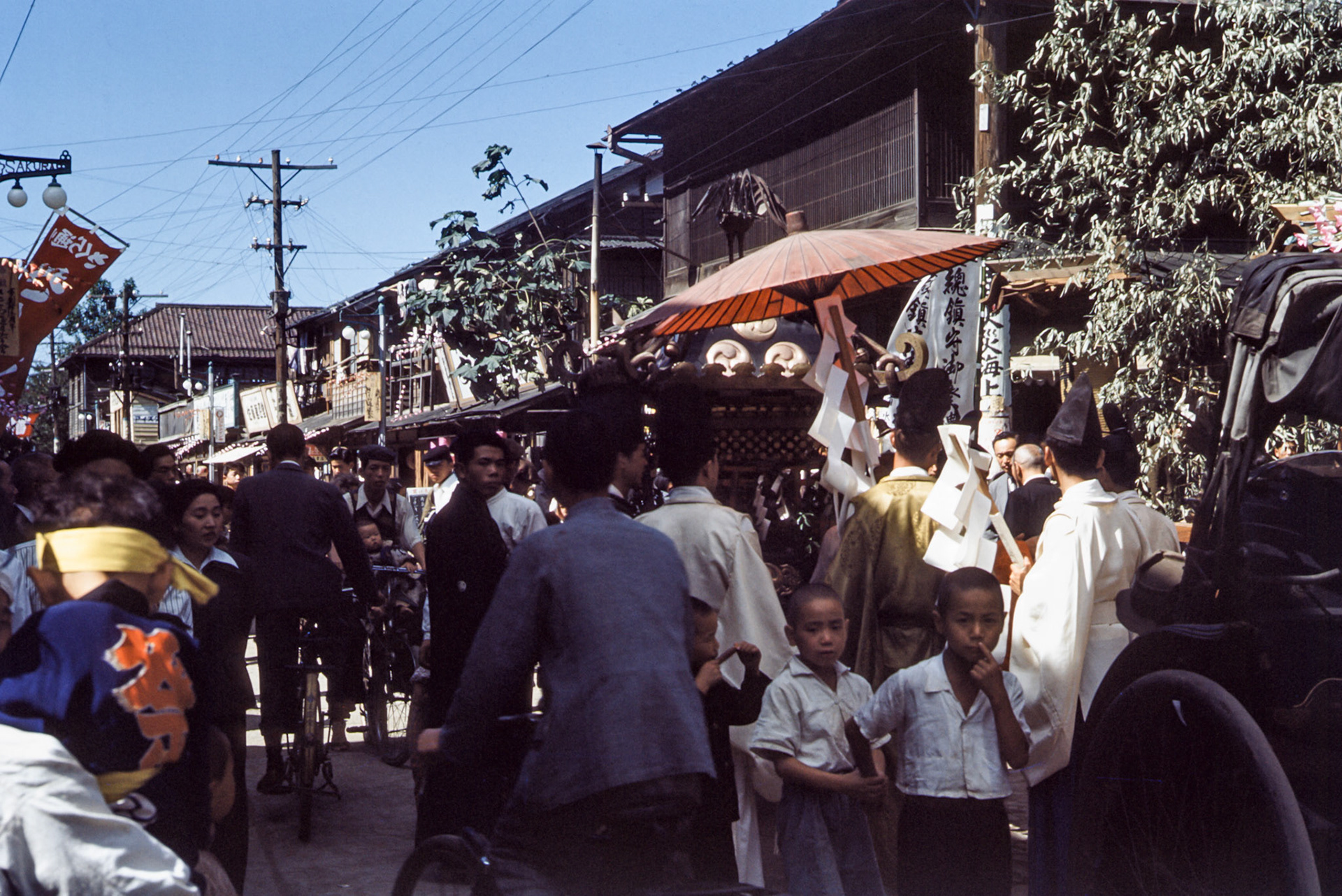
Japanese City

Festival
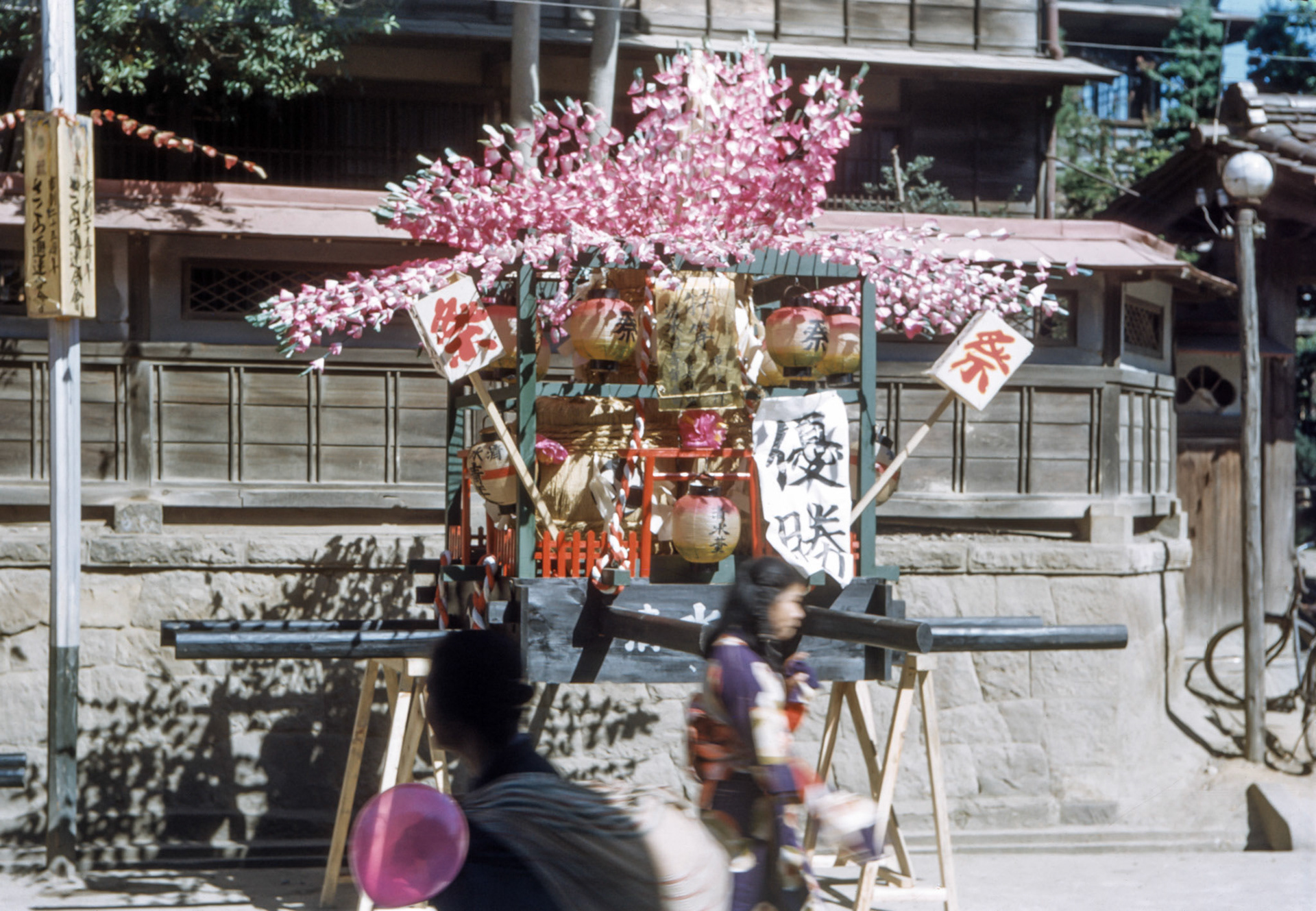
Festival
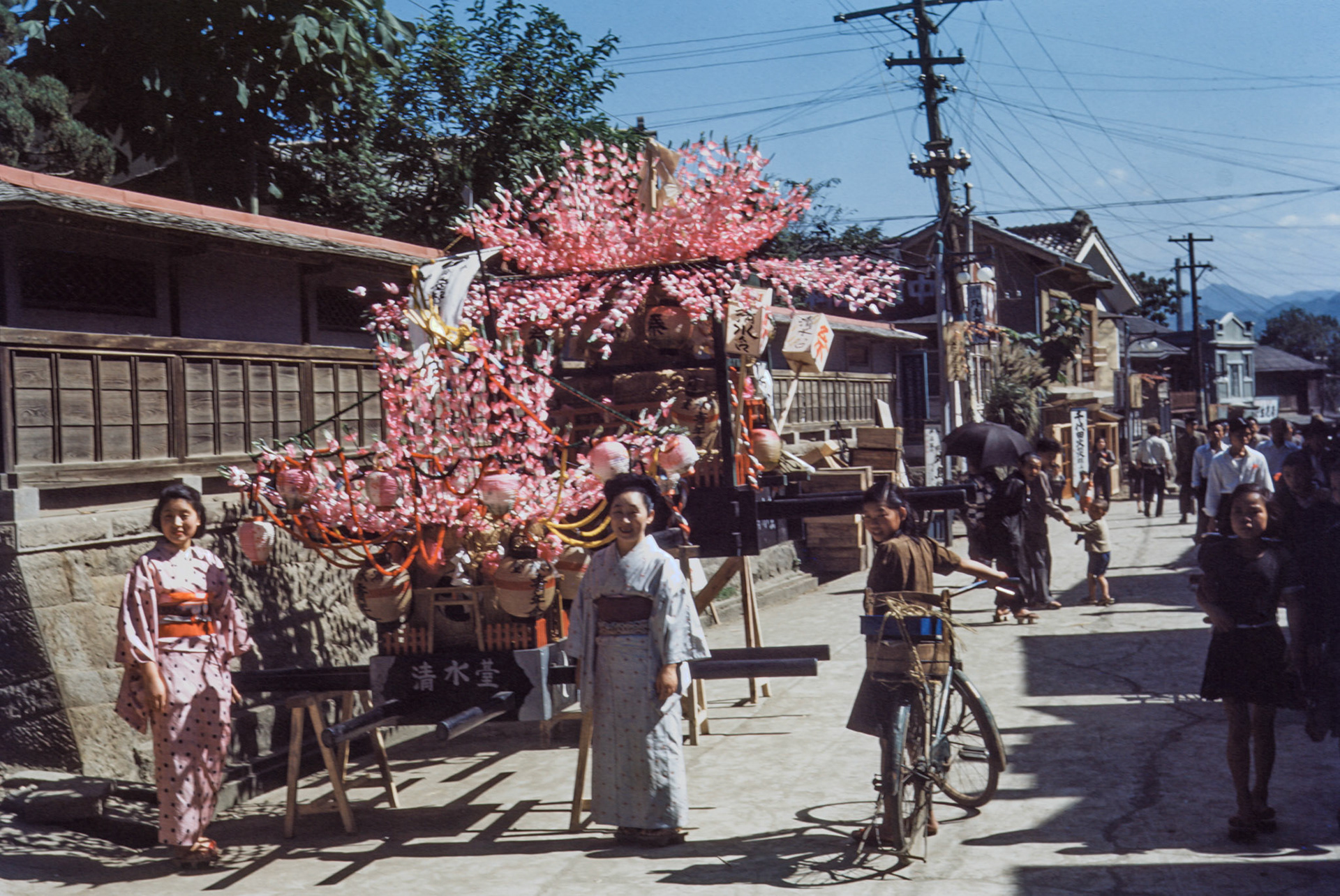
Japanese street scene festival

Japanese women
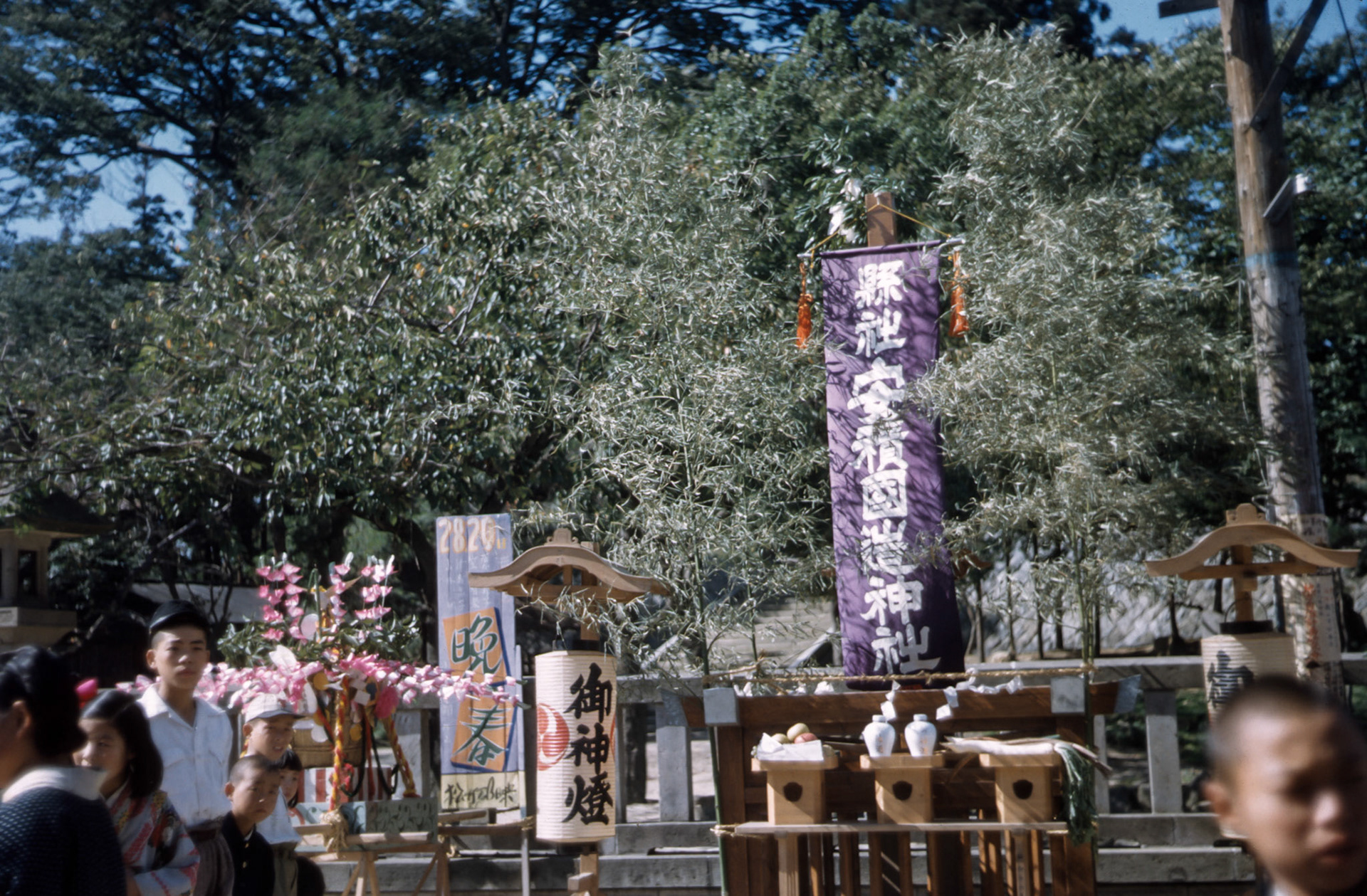
Japanese festival

Festival
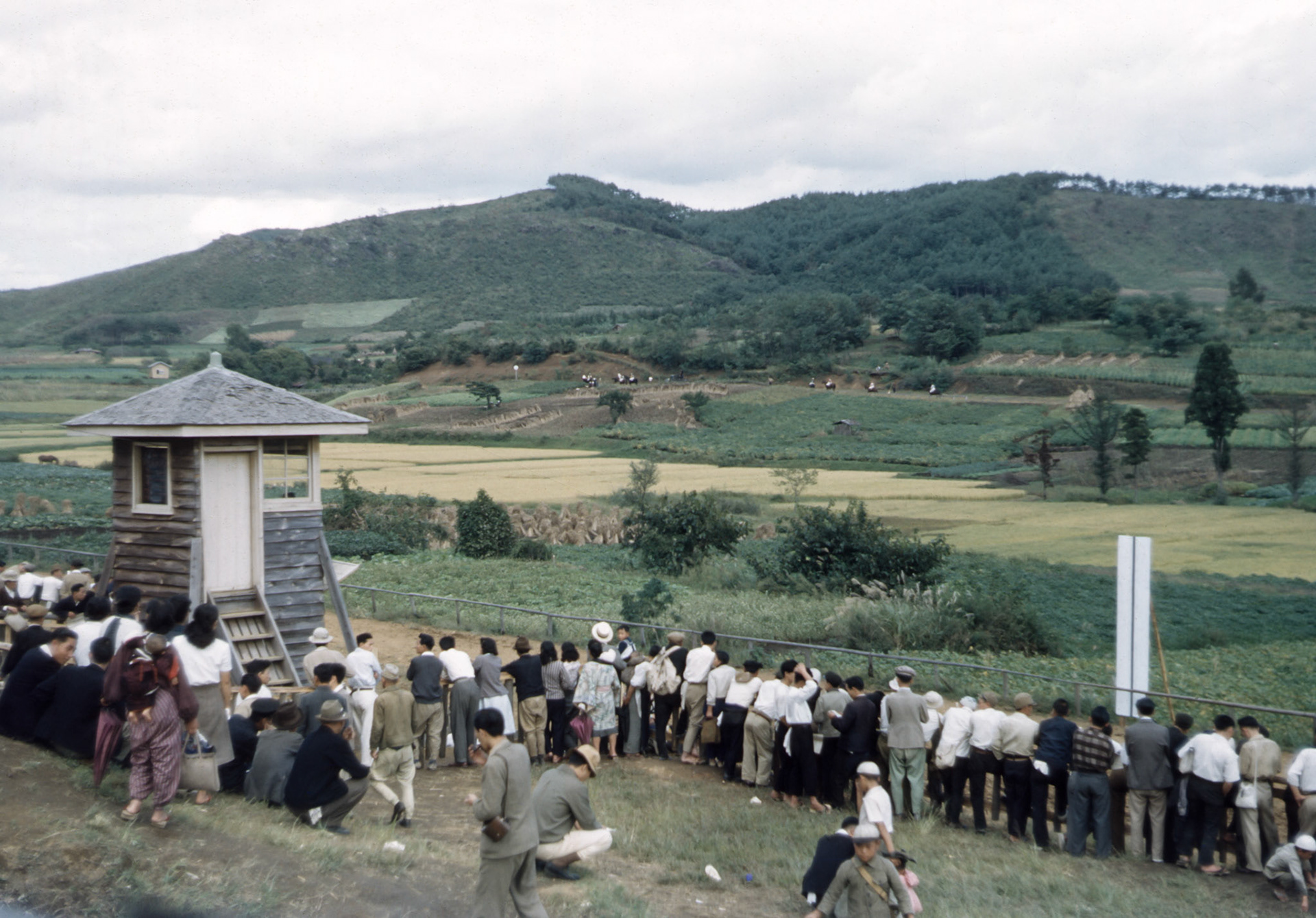
Morioka race track
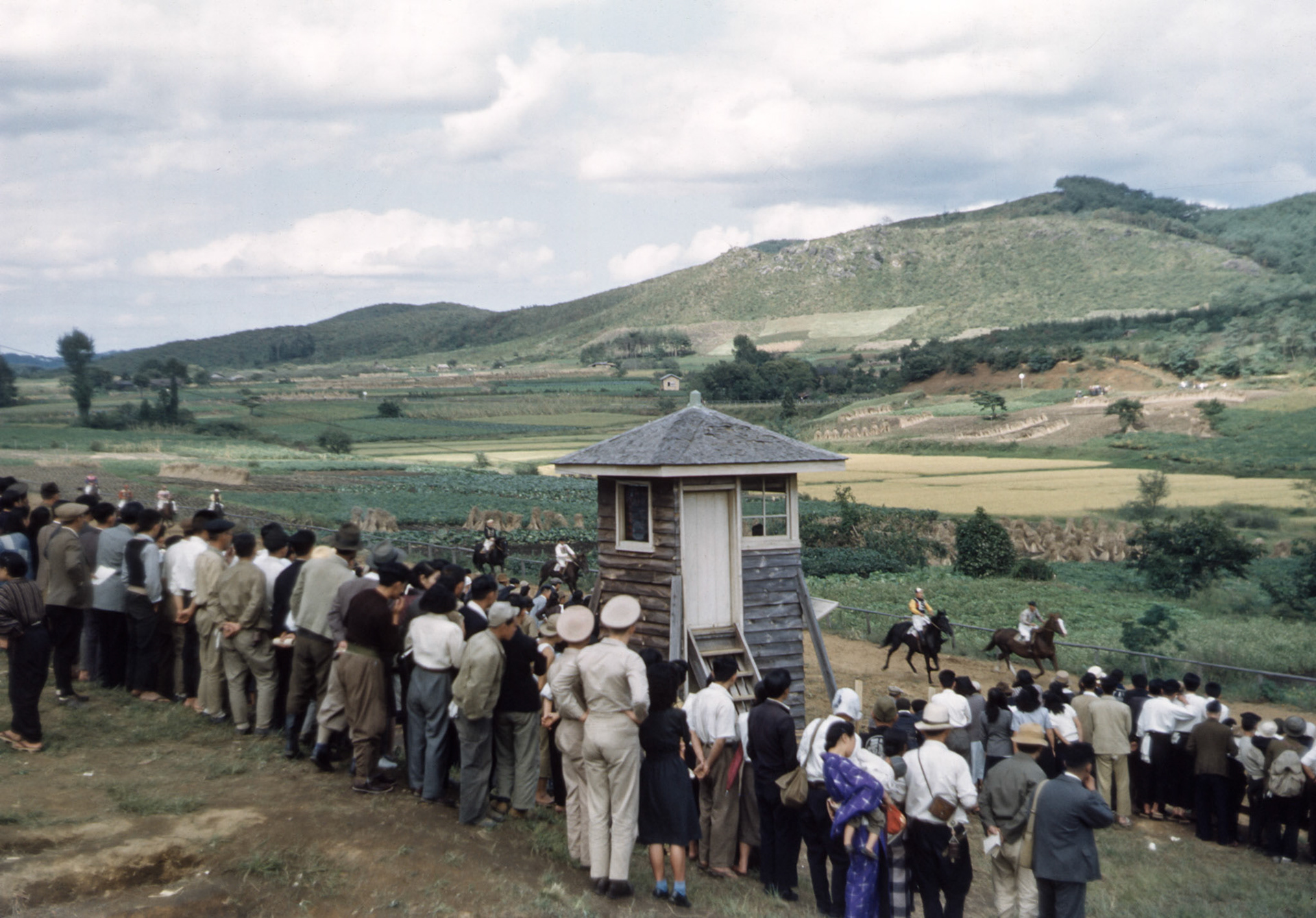
Morioka race track
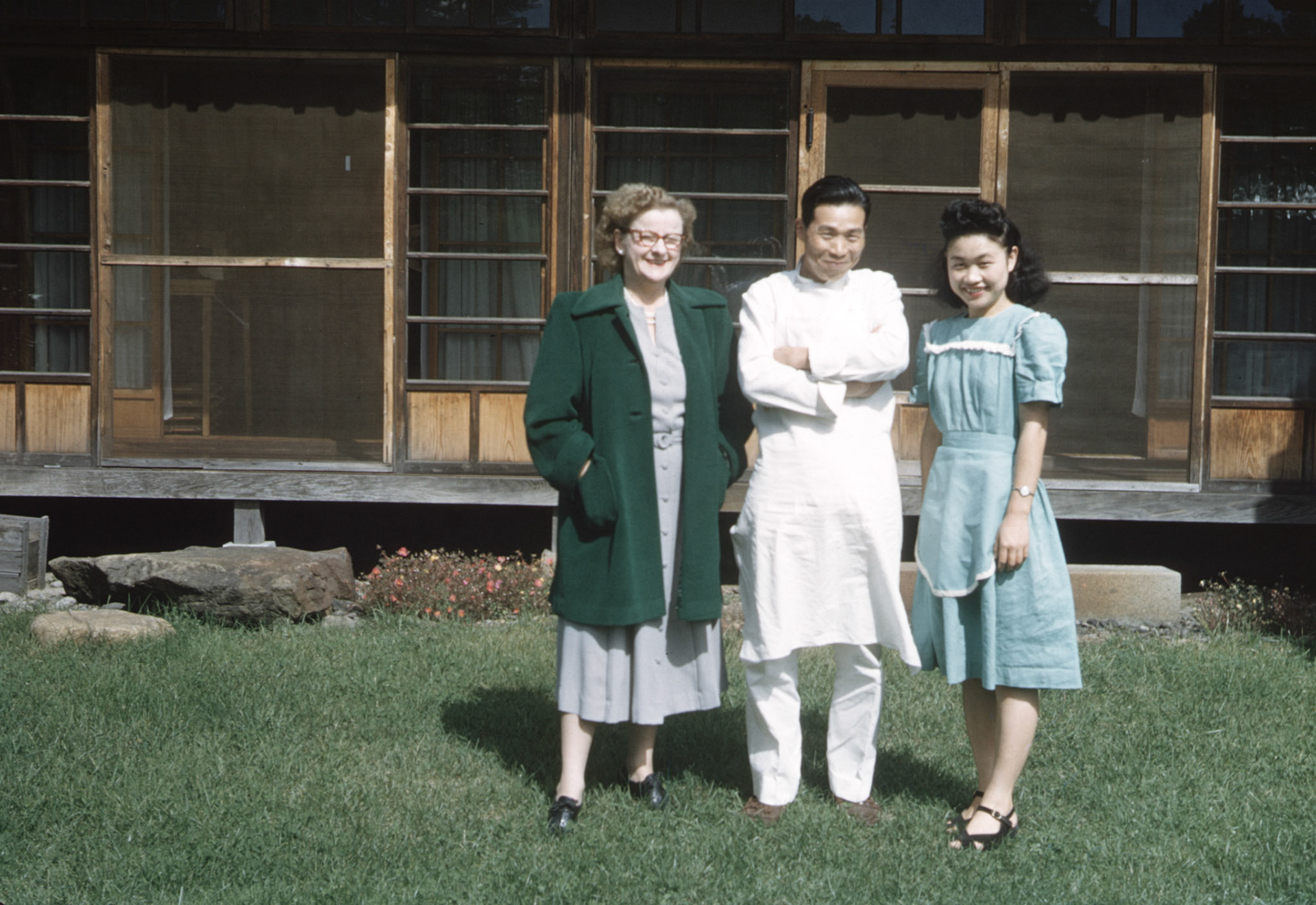
Morioka - My grandmother’s cook and maid.

Morioka Setsiko Izumi
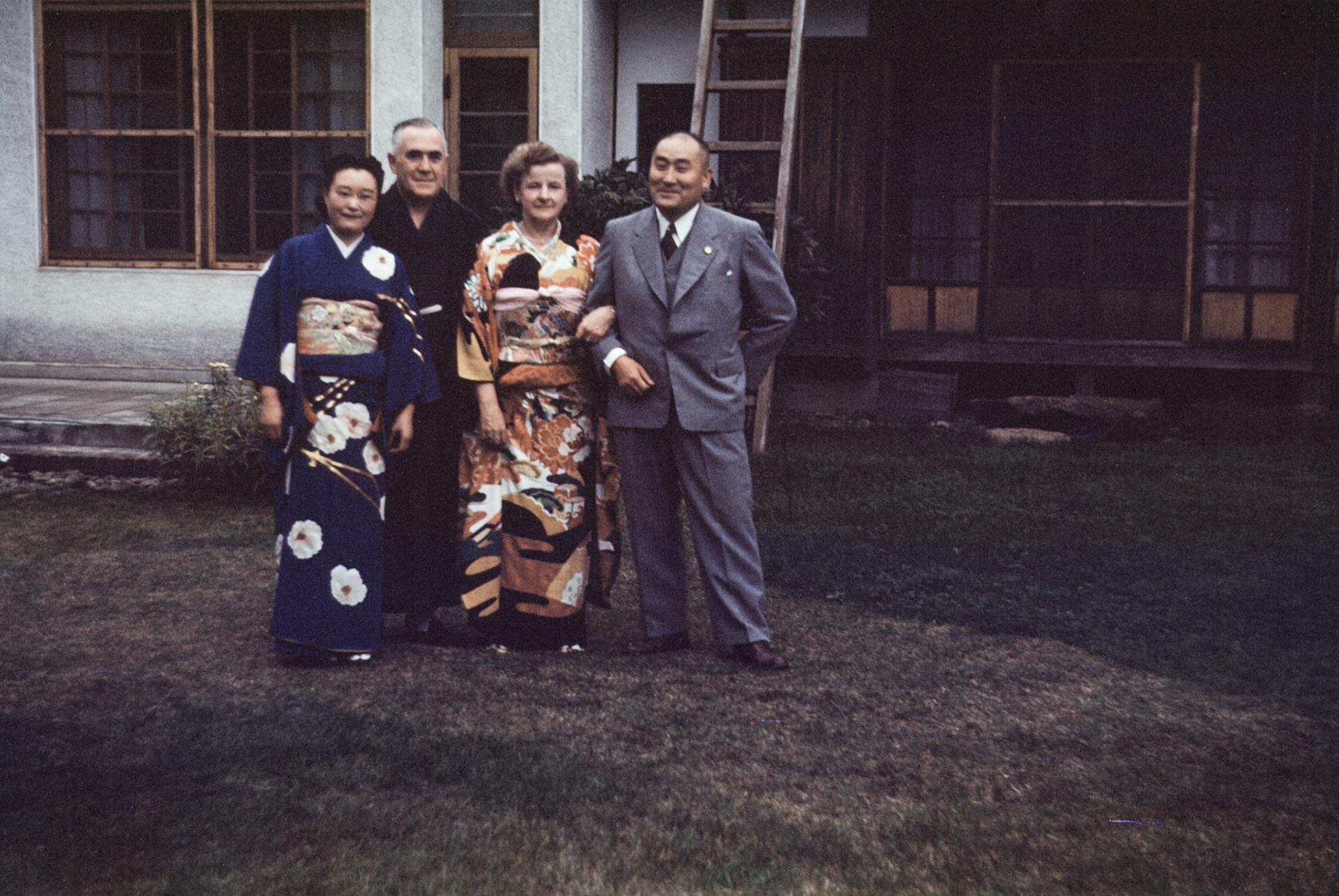
Mr. & Mrs. Sato me - Mrs. Sato was my grandmother’s best friend while in Japan.
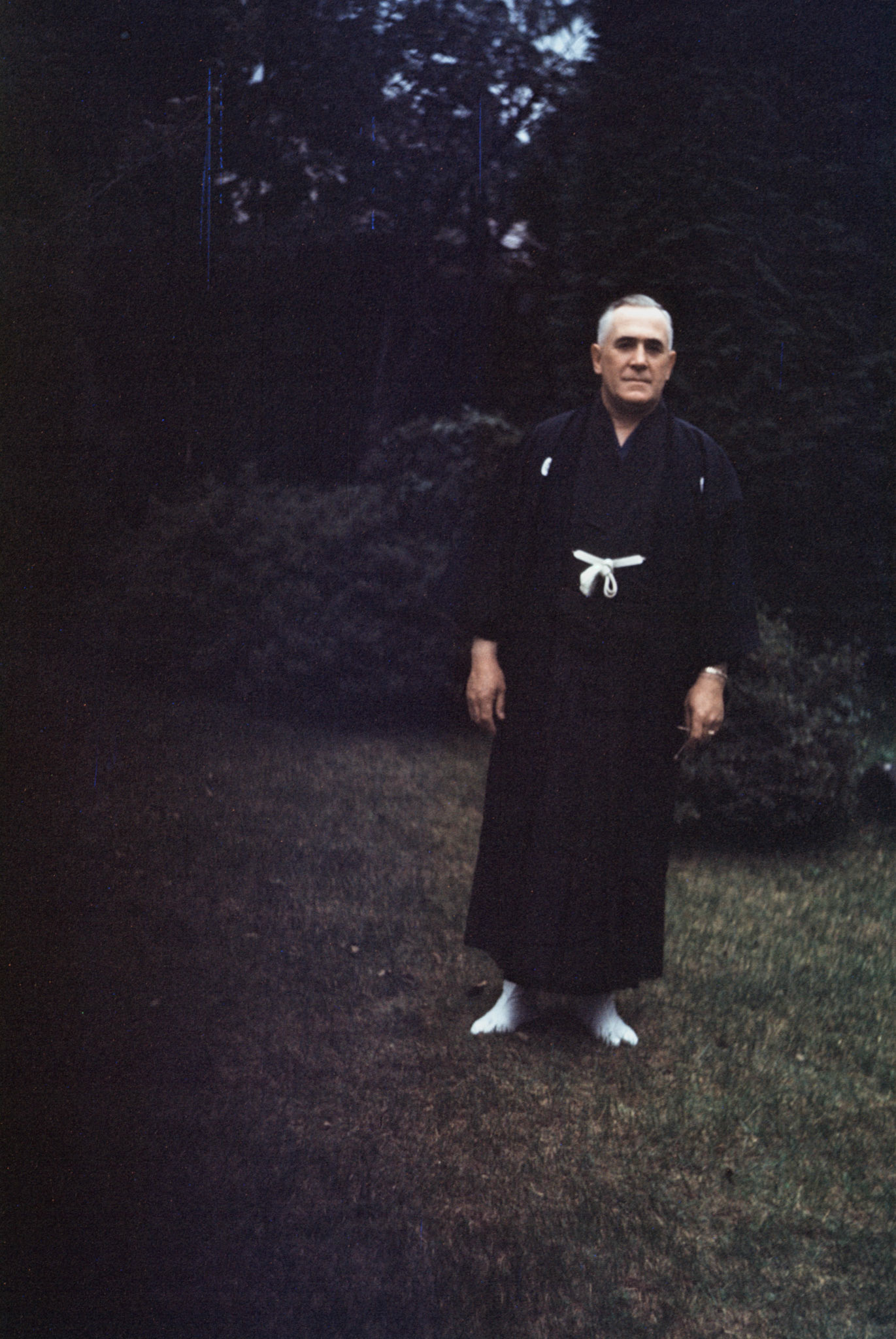
Millard in kimono - My grandfather
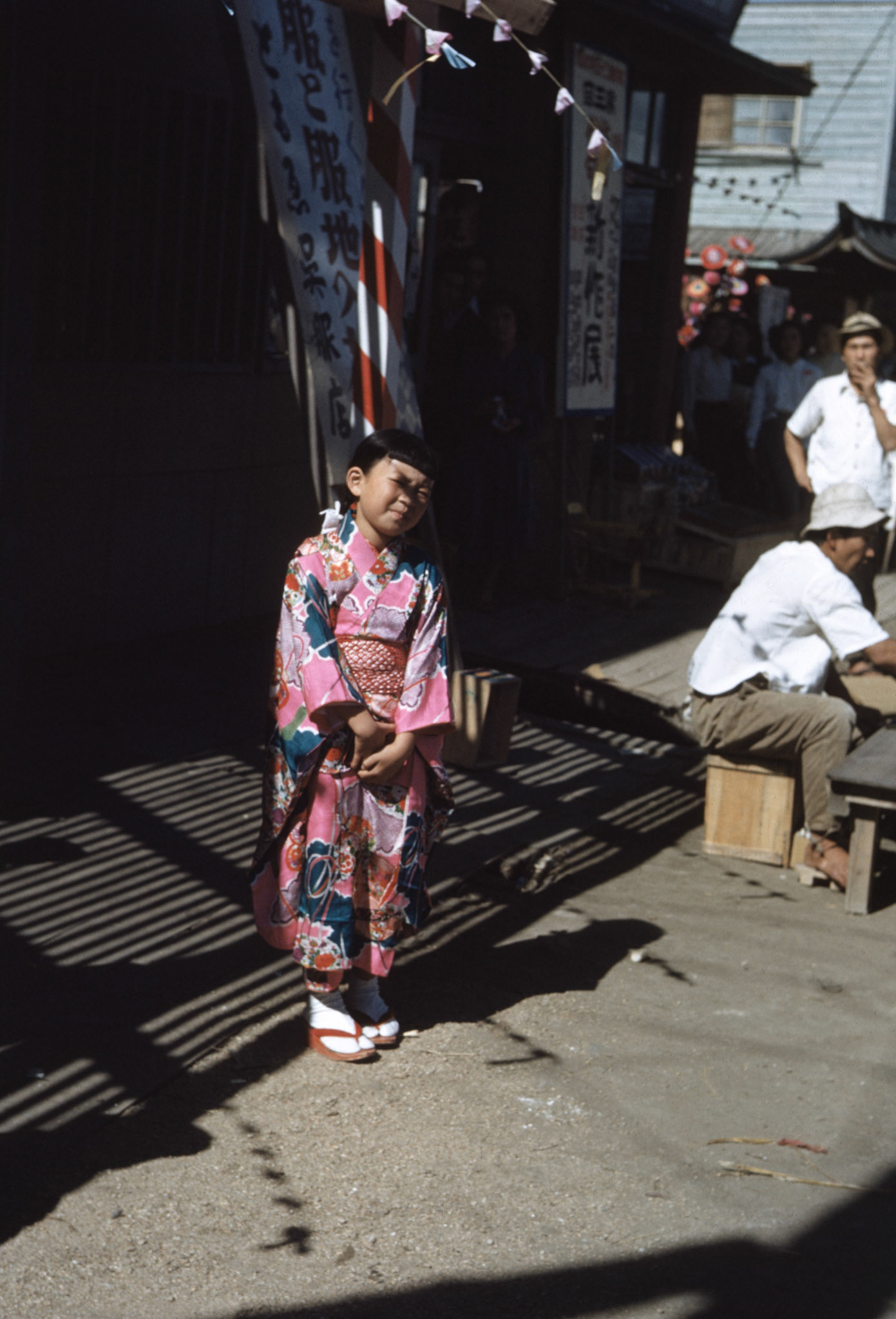
Little Japanese girl in kimono

Japanese women

Morioka
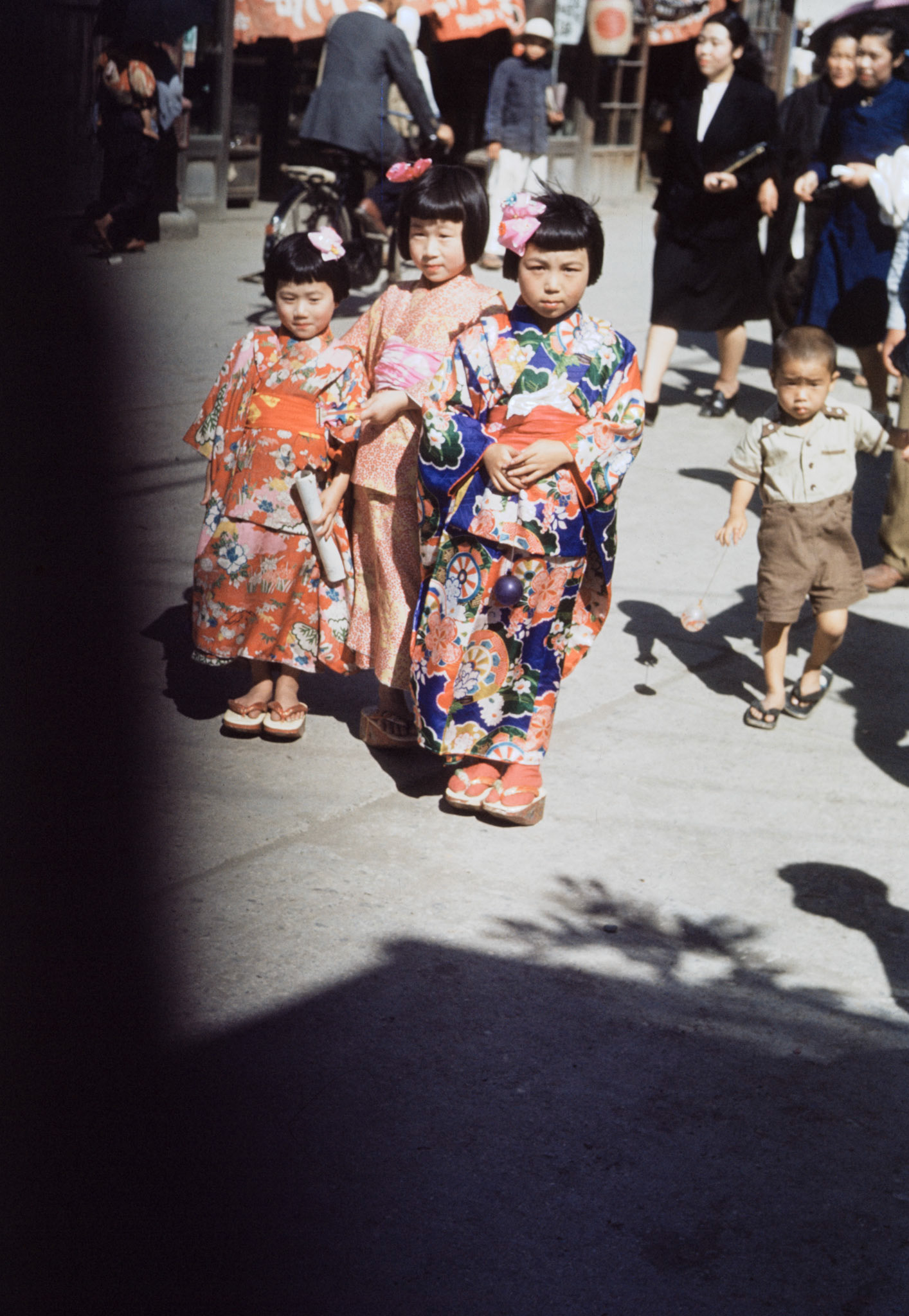
Children in Kimonos
When Millard and Marie returned to the States they opened a cafe in Santa Ana, California. After a couple of years they sold that and took over a five and dime variety store just down the street.
I have very fond memories of that store. Among other things it was a toy store! The pictures of the
their store were taken by me on a visit after Christmas in 1958, when I was 14. Also on Kodachrome.
their store were taken by me on a visit after Christmas in 1958, when I was 14. Also on Kodachrome.
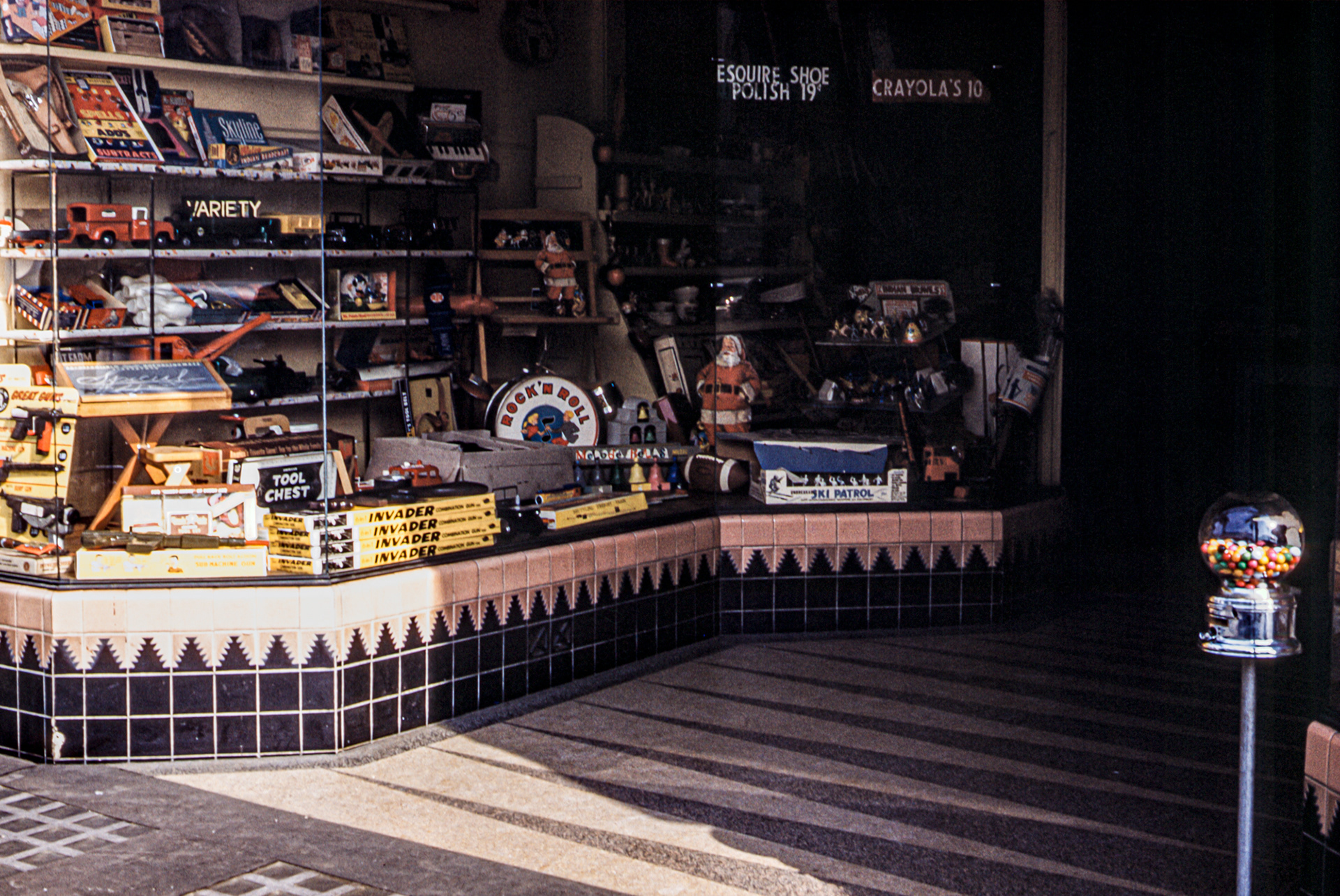
The front of Millard and Marie’s variety store—1958

The side entrance to Millard and Marie’s variety store—1958
In 1959 they sold the store and retired.
By 1959 my family had moved to Japan. My dad was in the US Air Force stationed at Tachikawa.
In 1959 Millard and Marie visited us at Tachikawa and then they, along with my mom and dad, went
back to Morioka to visit old friends. They were treated as guests of honor. The following three pictures were from that trip in 1959.
back to Morioka to visit old friends. They were treated as guests of honor. The following three pictures were from that trip in 1959.
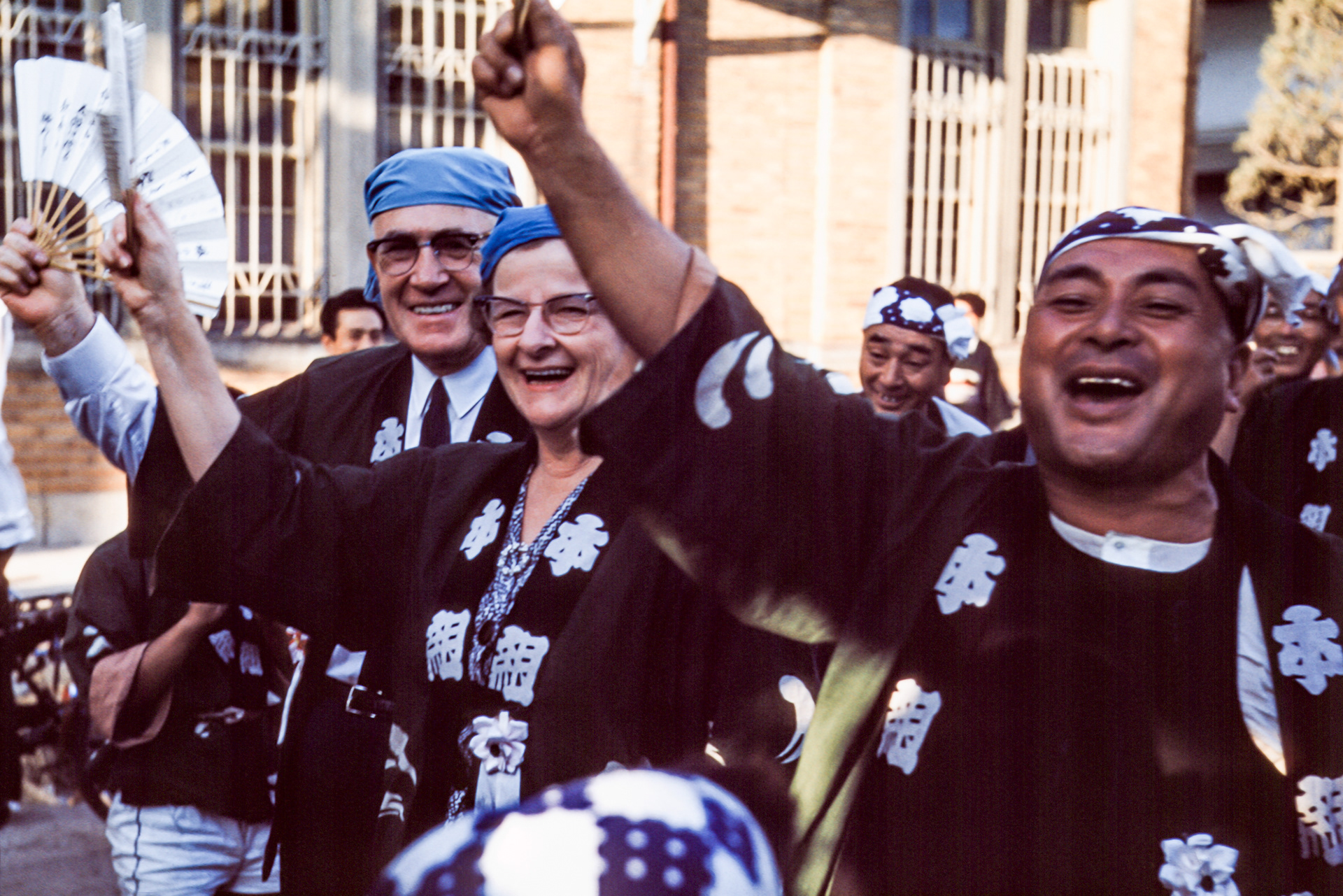
Millard and Marie in the blue head gear
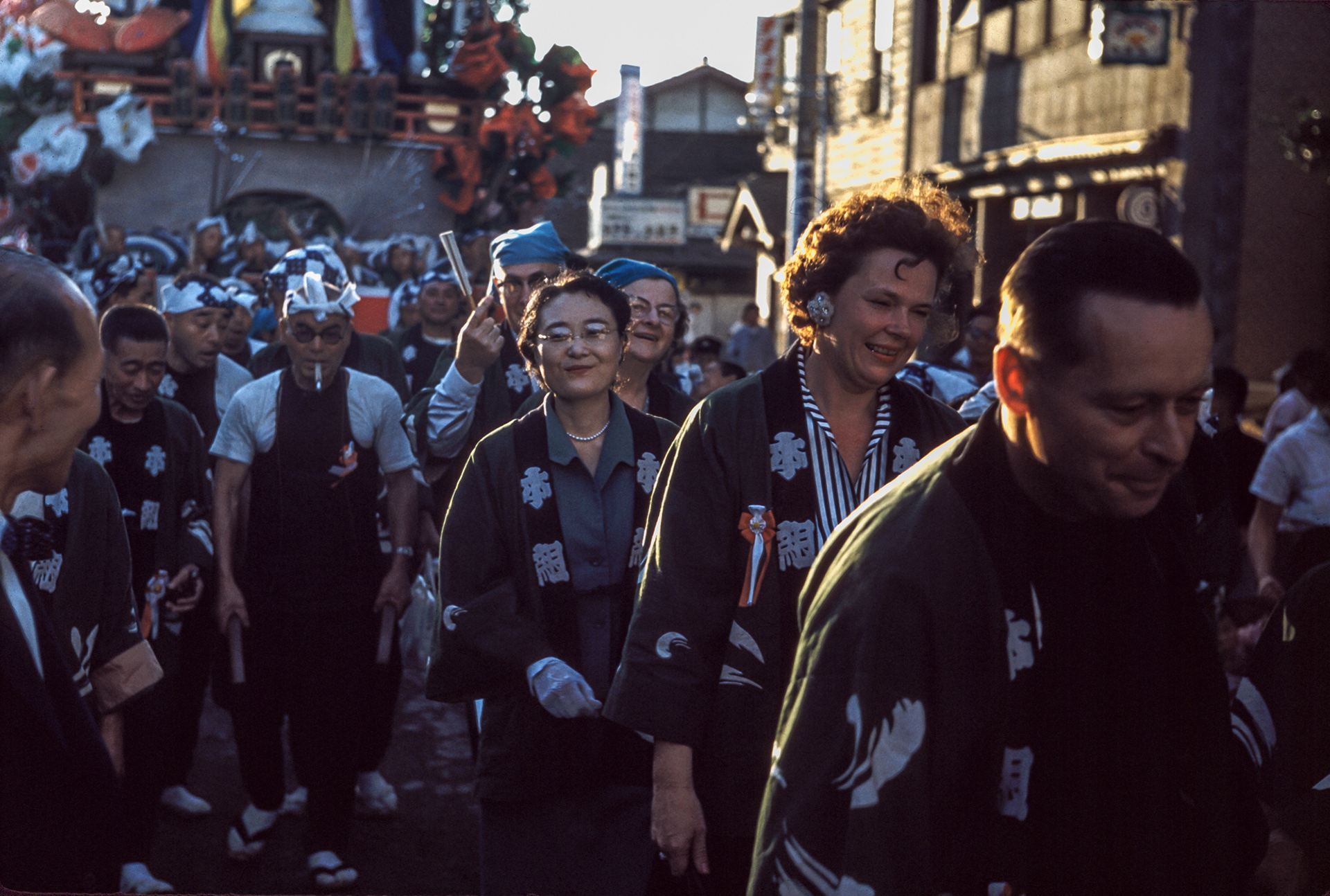
Millard and Marie in the blue head gear, Mrs. Sato in front of them, and my mom, Doris, and my dad, Beetle, on the right.
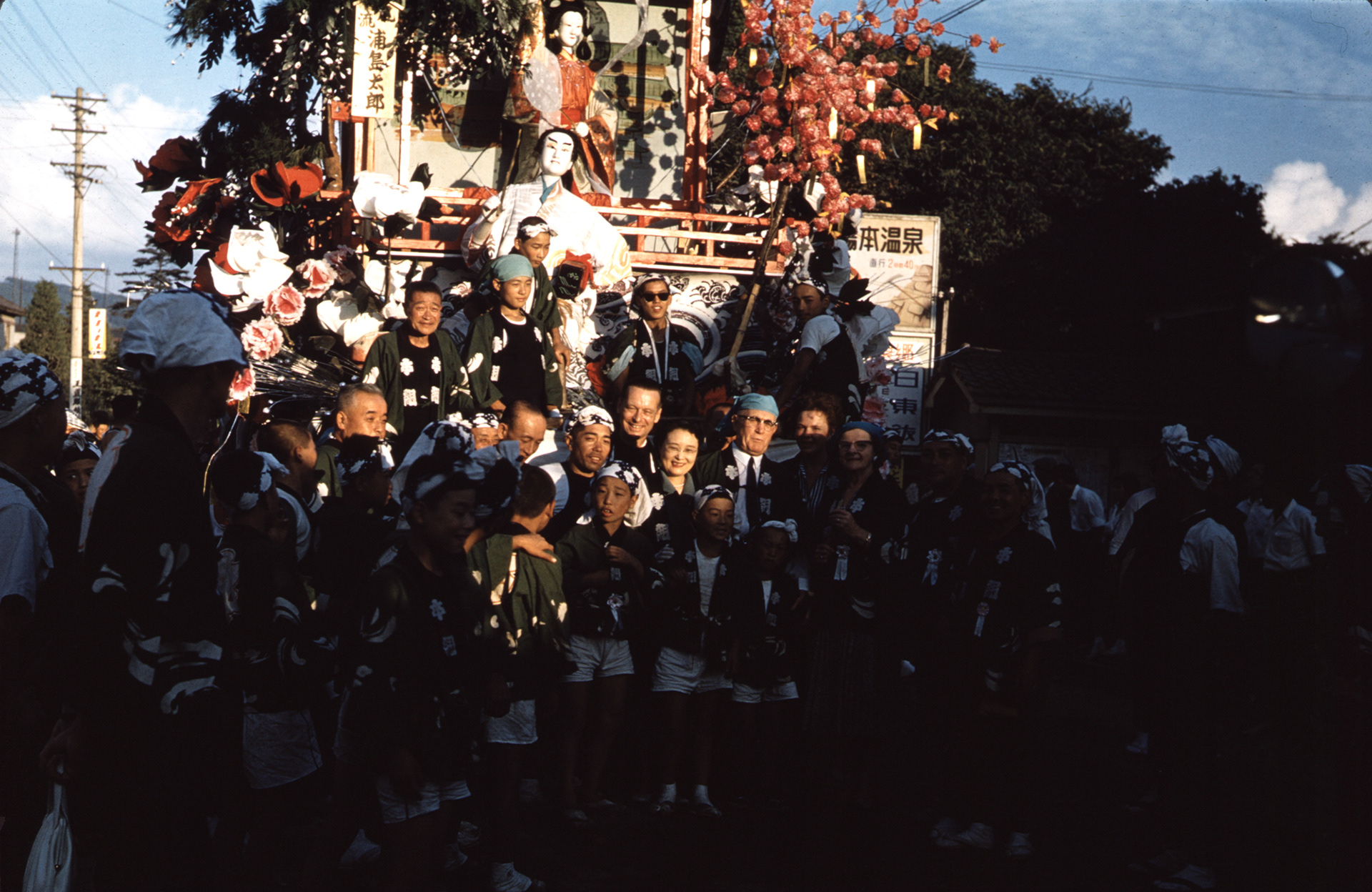
From left center: my dad, Beetle, Mrs. Sato, Millard, my mom, Doris, and Marie.
That was Millard and Marie’s last trip to Japan.
There were two things that jumped out at me as I was scanning these pictures. Remember, these
pictures were taken just four years after the end of WWII. Four years after Hiroshima and Nagasaki.
pictures were taken just four years after the end of WWII. Four years after Hiroshima and Nagasaki.
The first thing I noticed were the eyes. In many of the pictures Millard is the center of attraction. People have turned and are looking at him. He was not just someone with a camera.
The second thing I noticed about these pictures was the complete absence of cars. In only a few pictures do you even see a truck and they look like military vehicles. It’s all foot, cart, bicycle, and animal power.
My dad first flew in to Tokyo in 1952 on the way to Korea. He remarked on how Tokyo still had large areas that were still rubble from the fire bombing of WWII. When we arrived in 1957 the empty city blocks of rubble were all gone. And the scooters, motorcycles, buses, and cars had arrived.